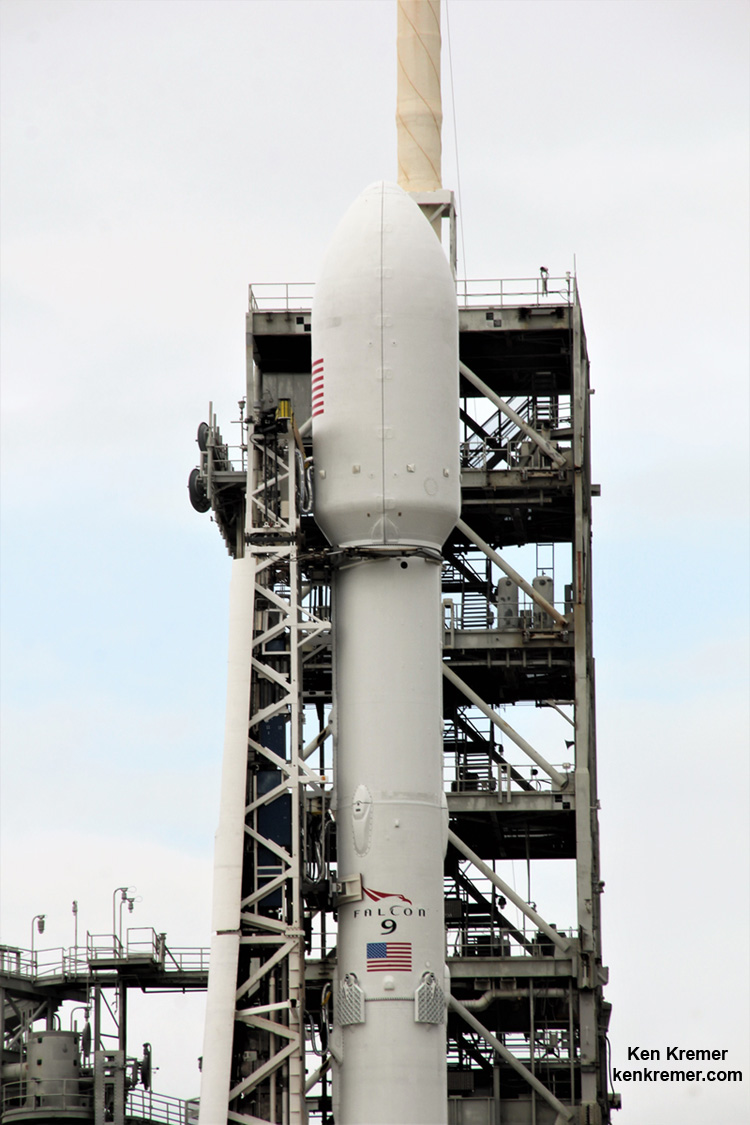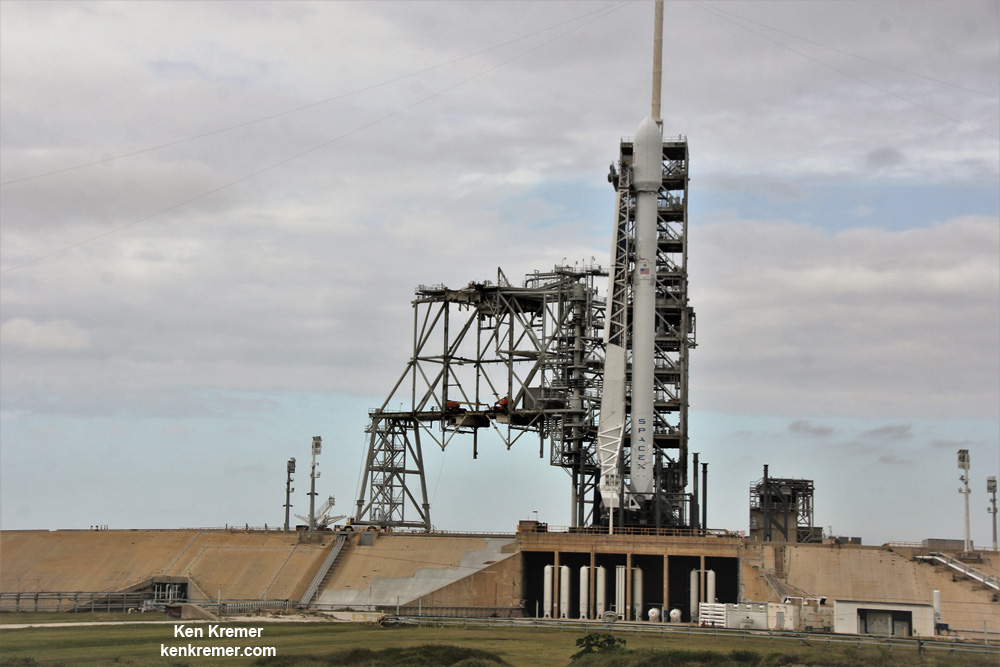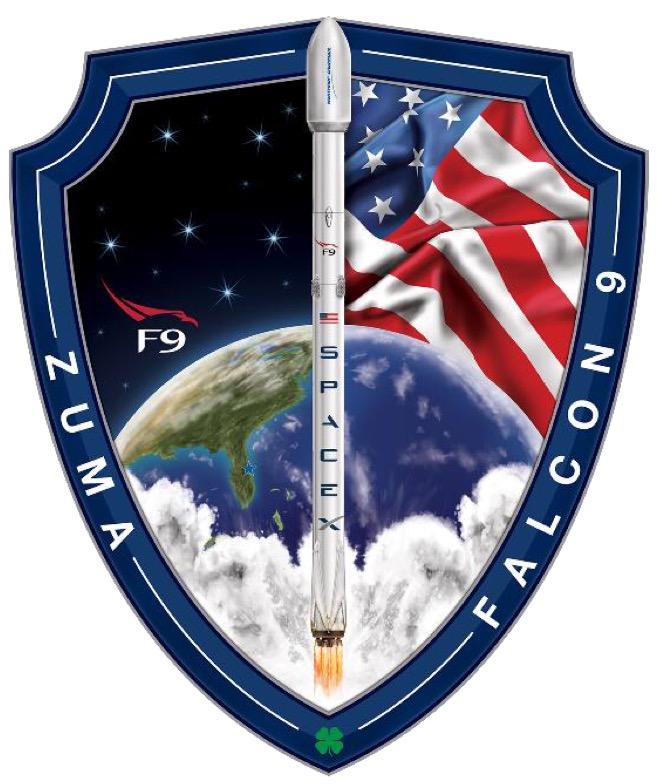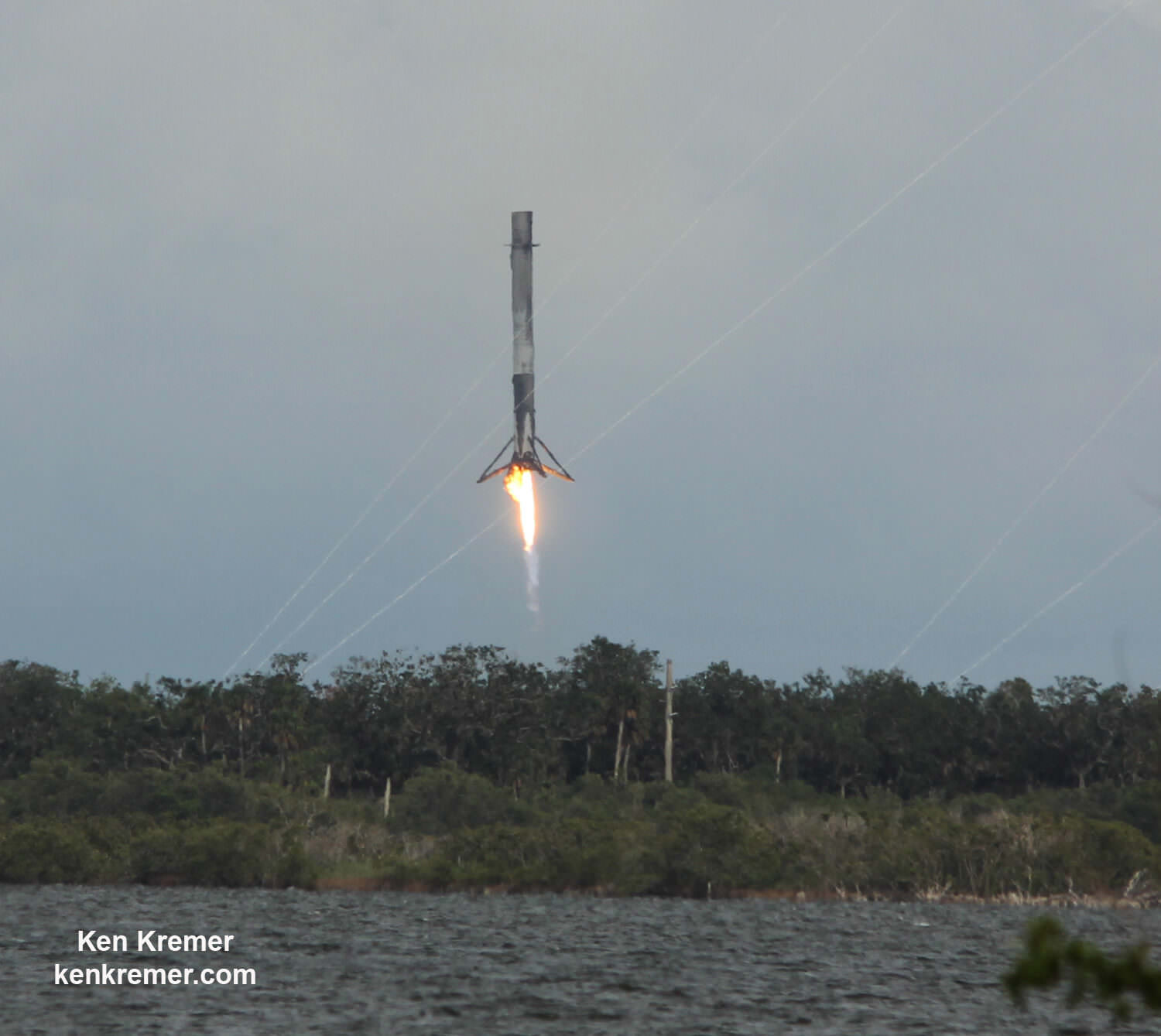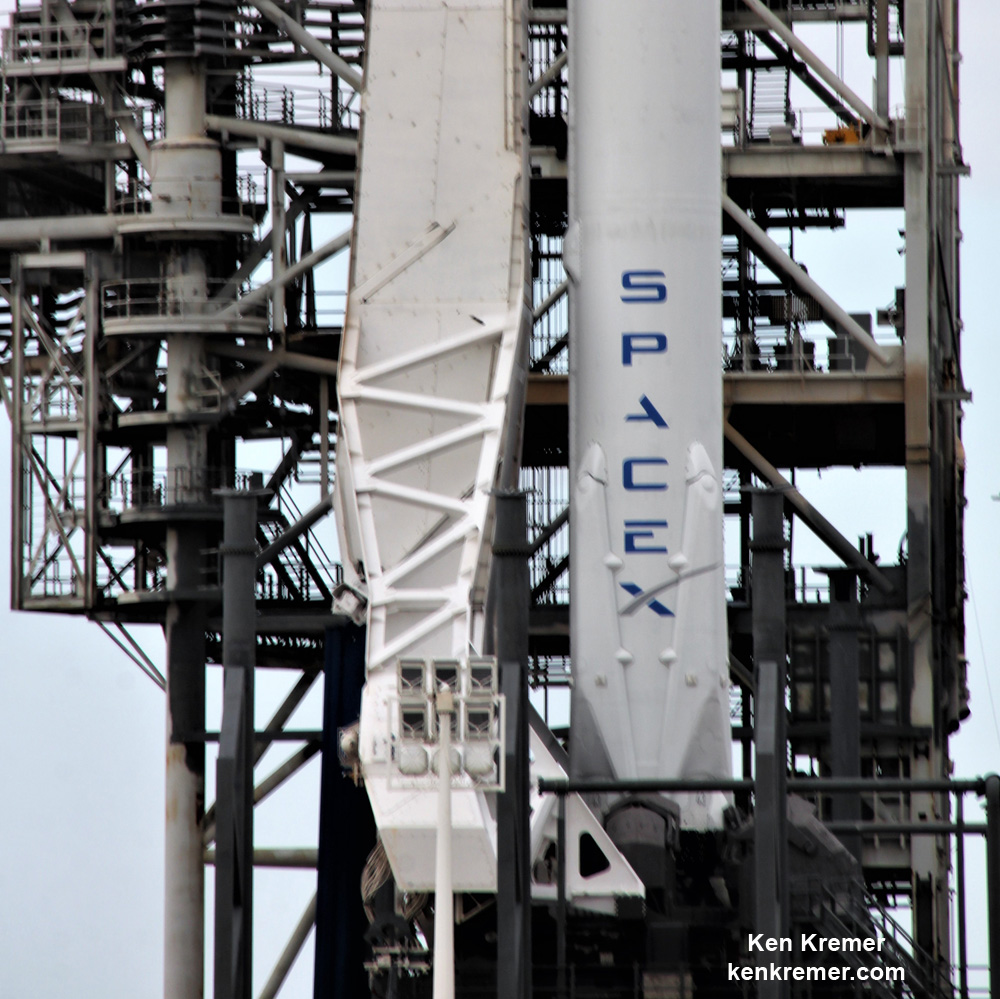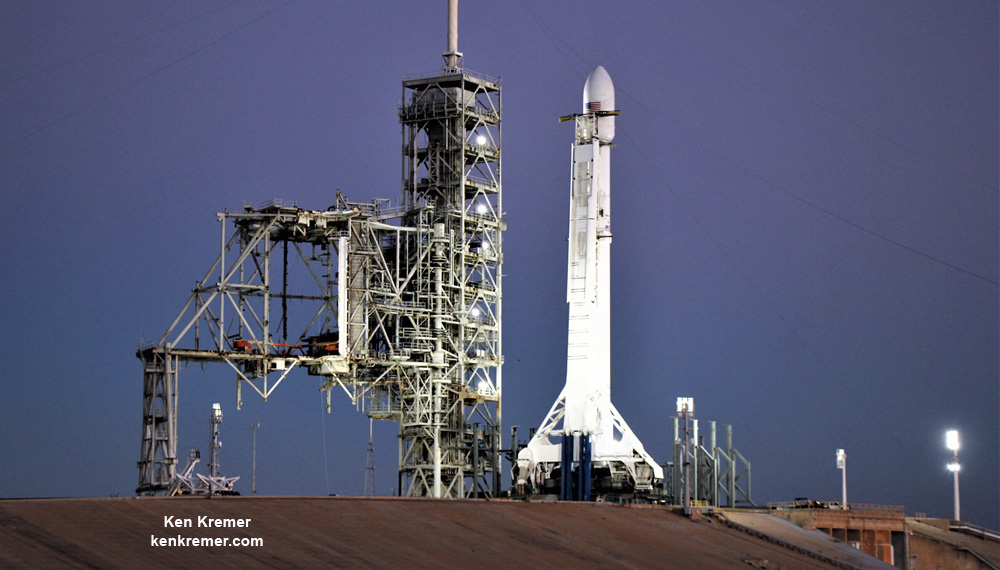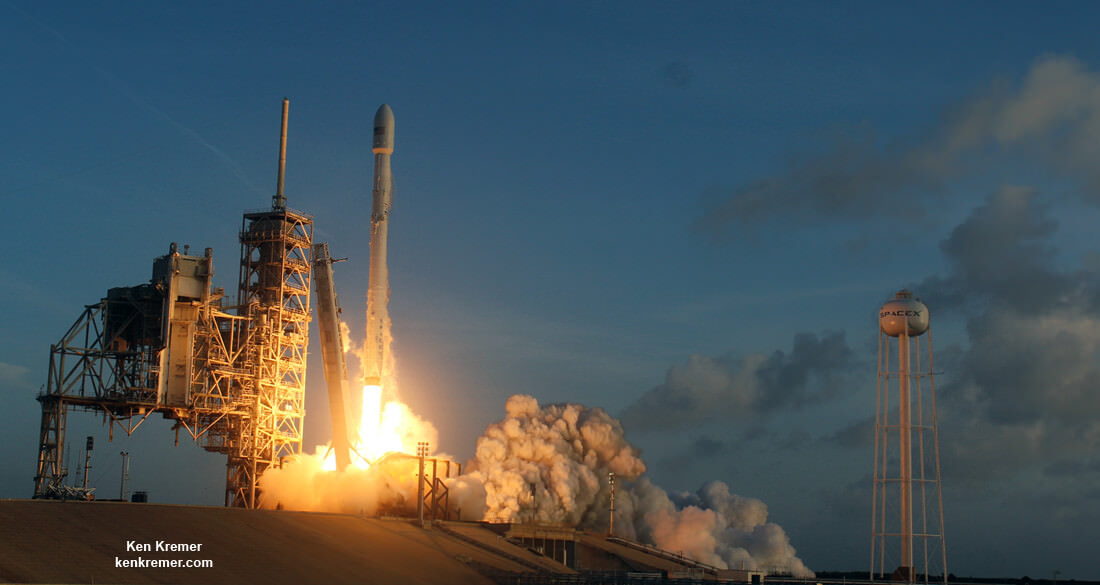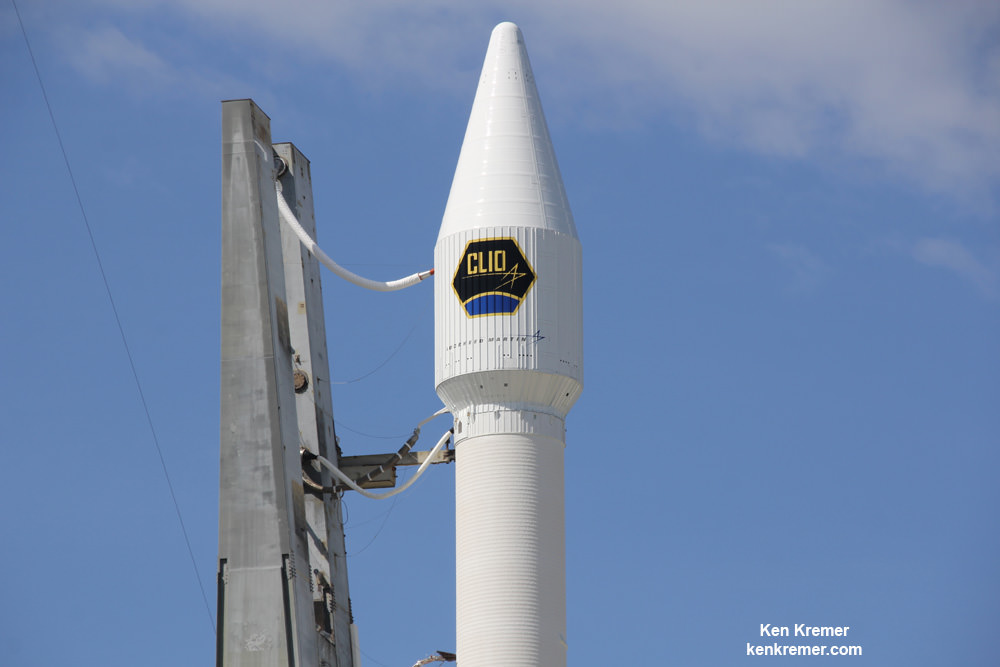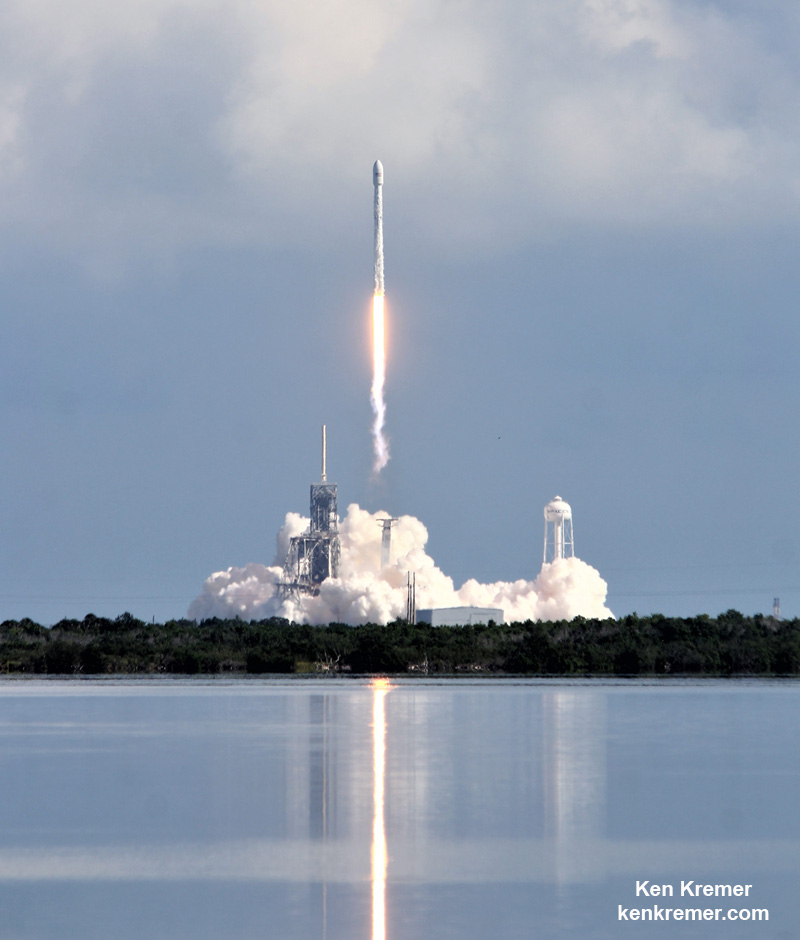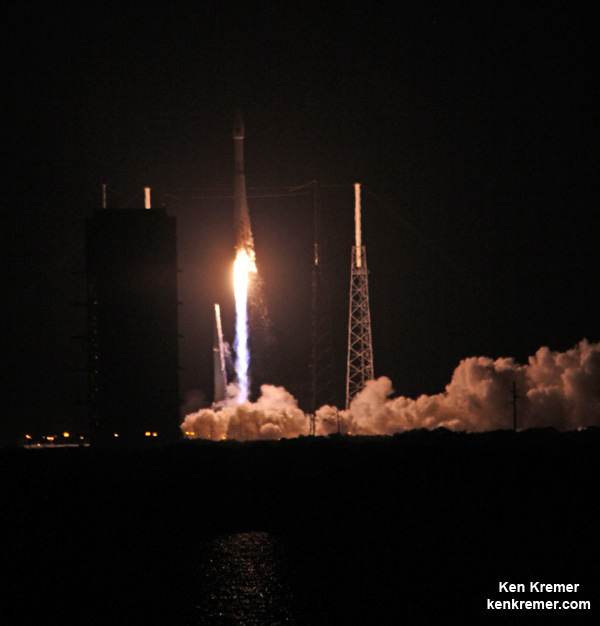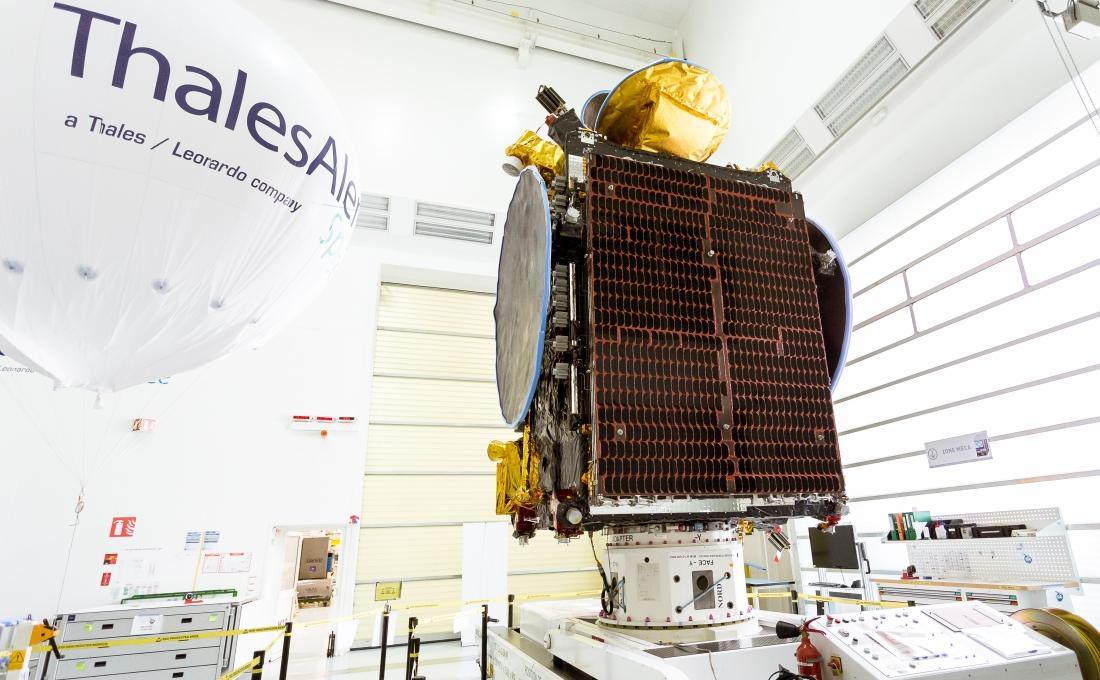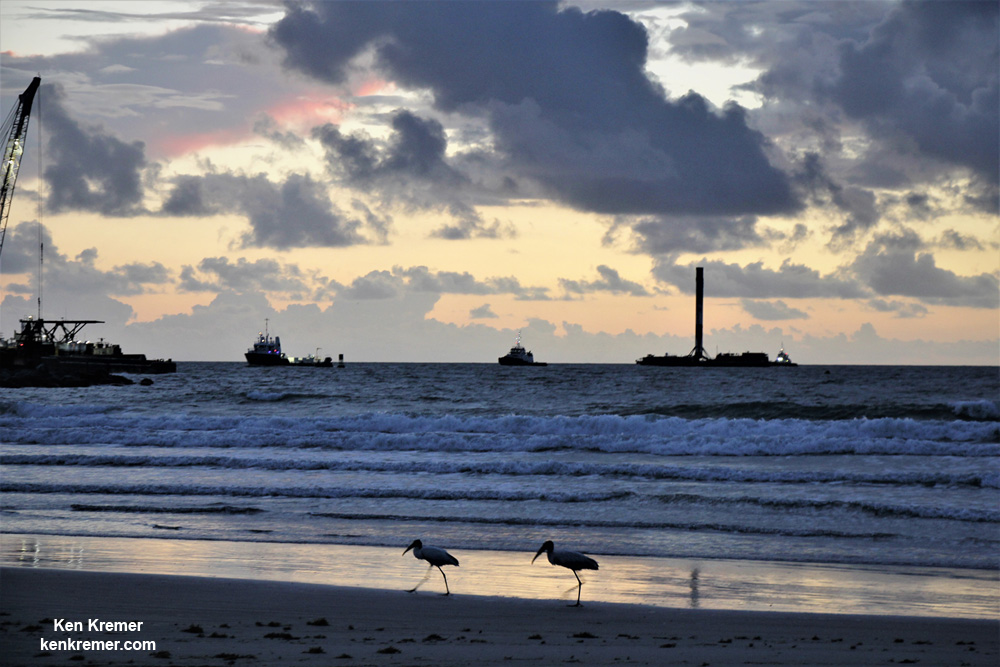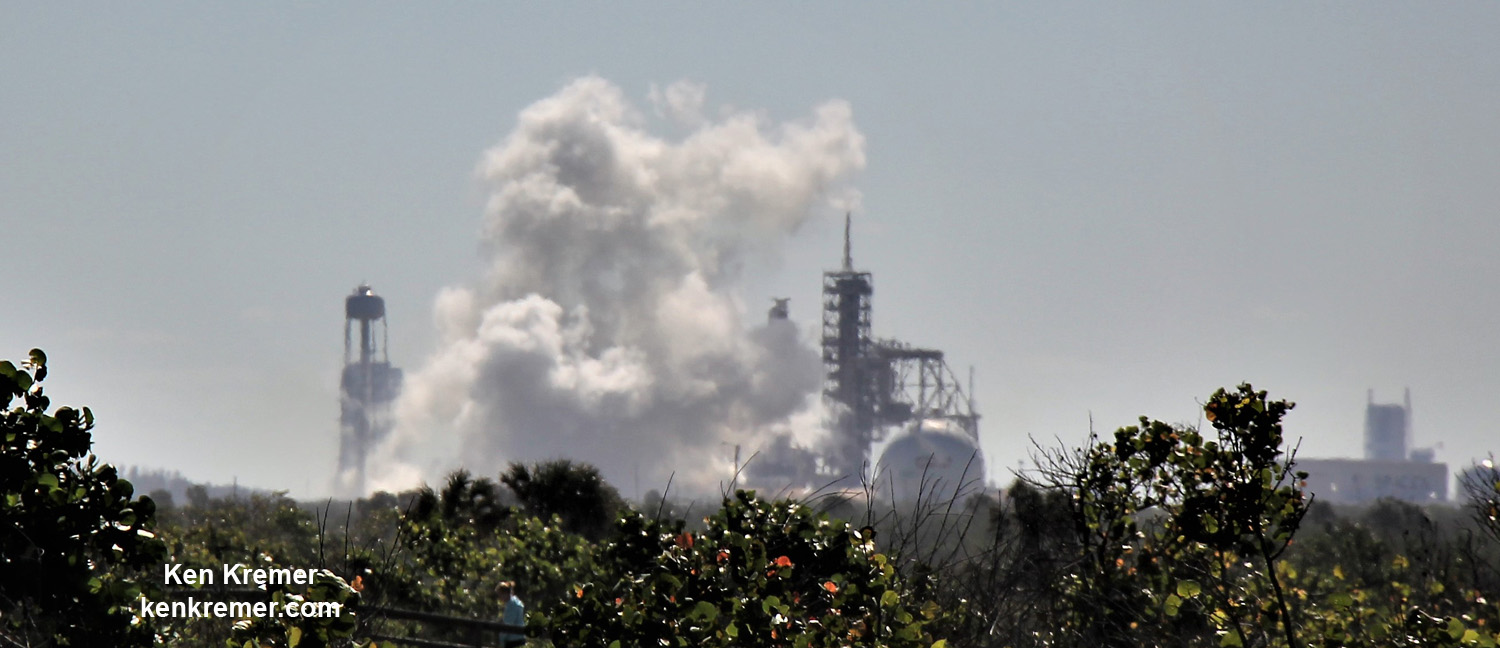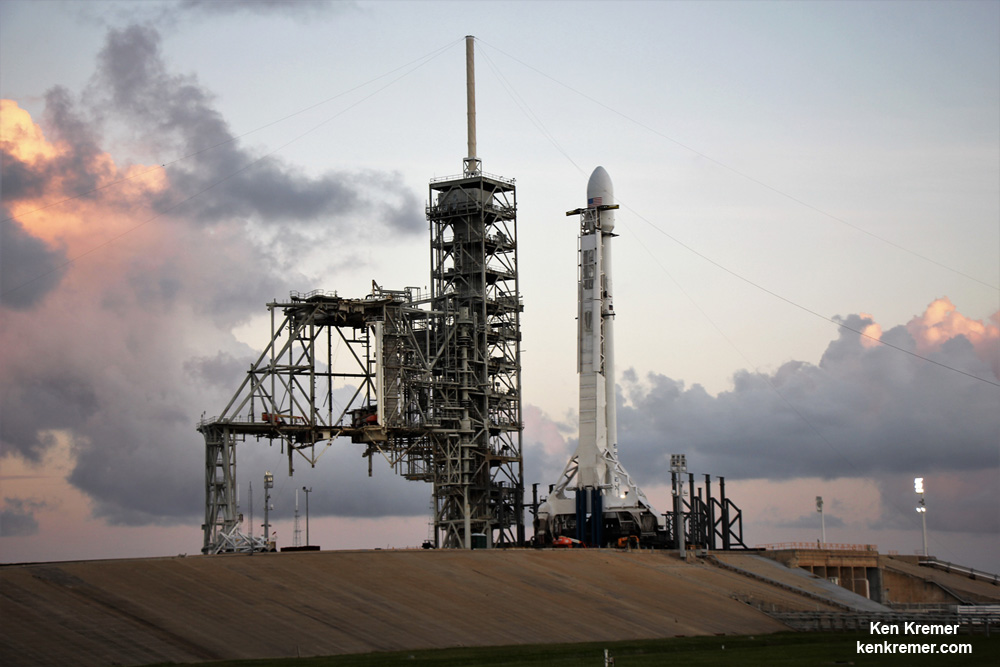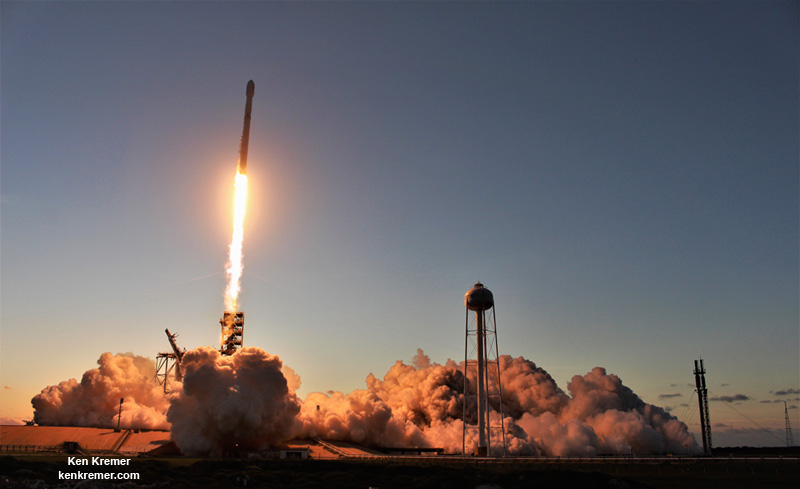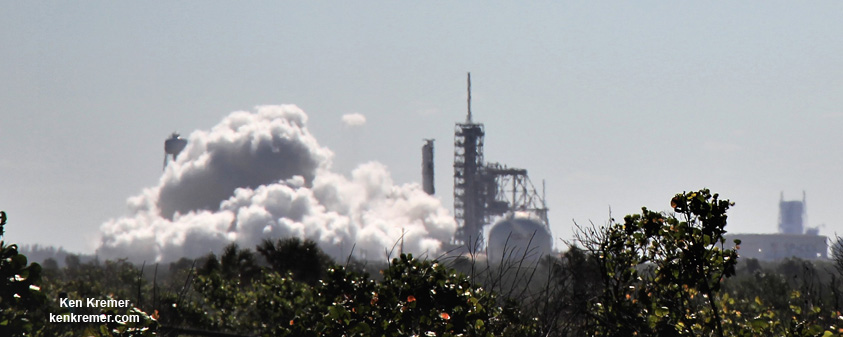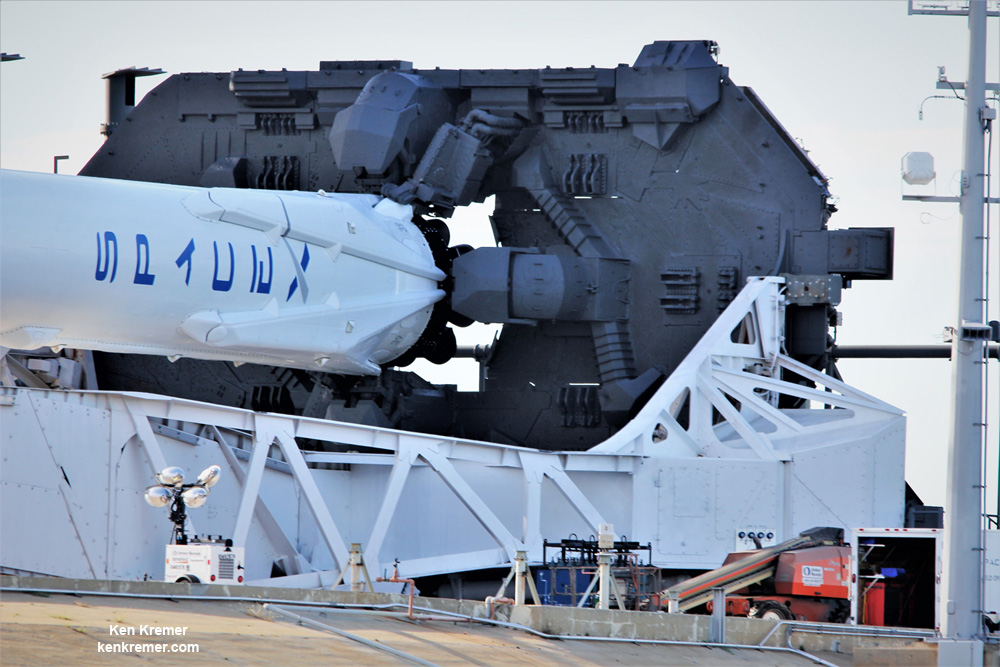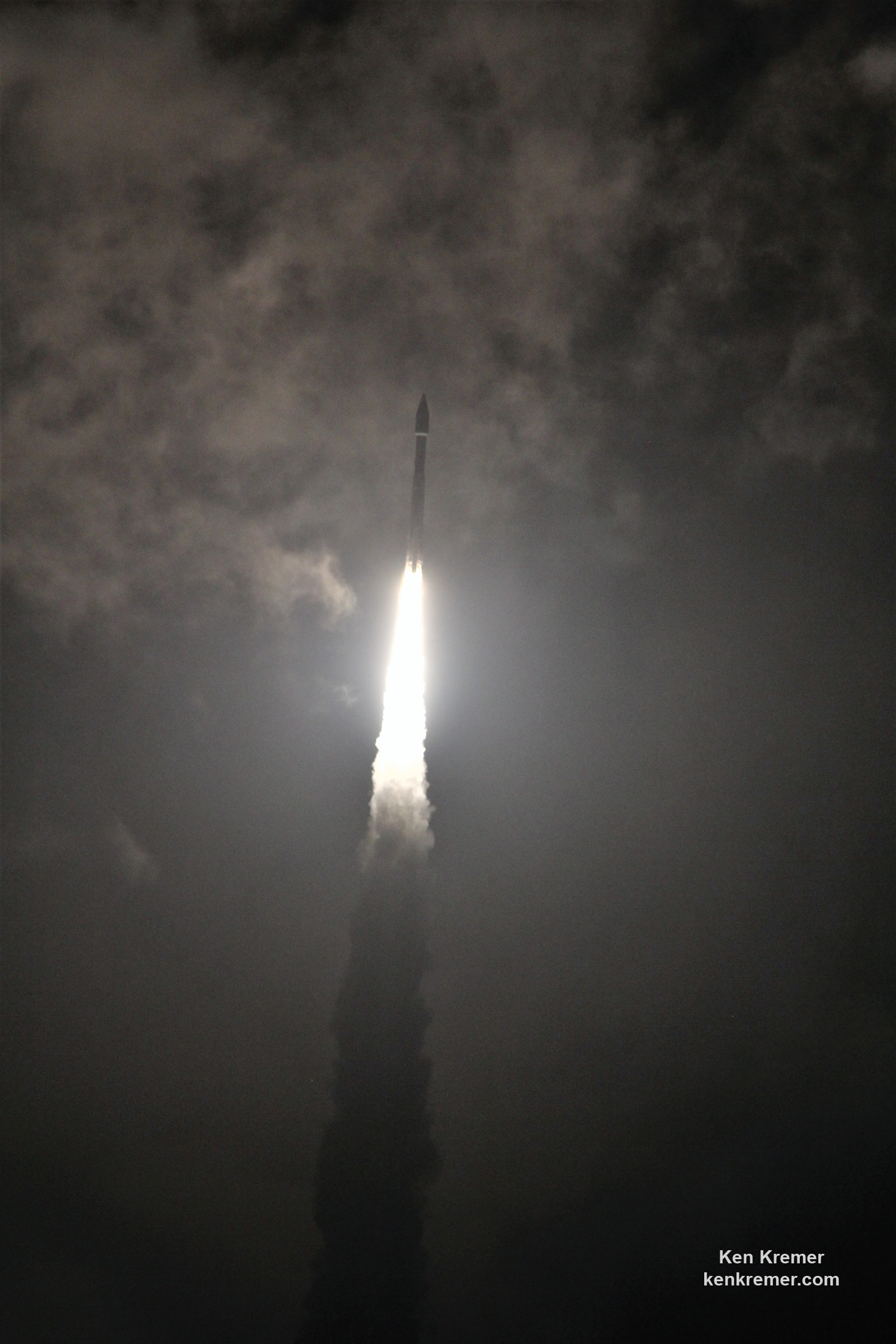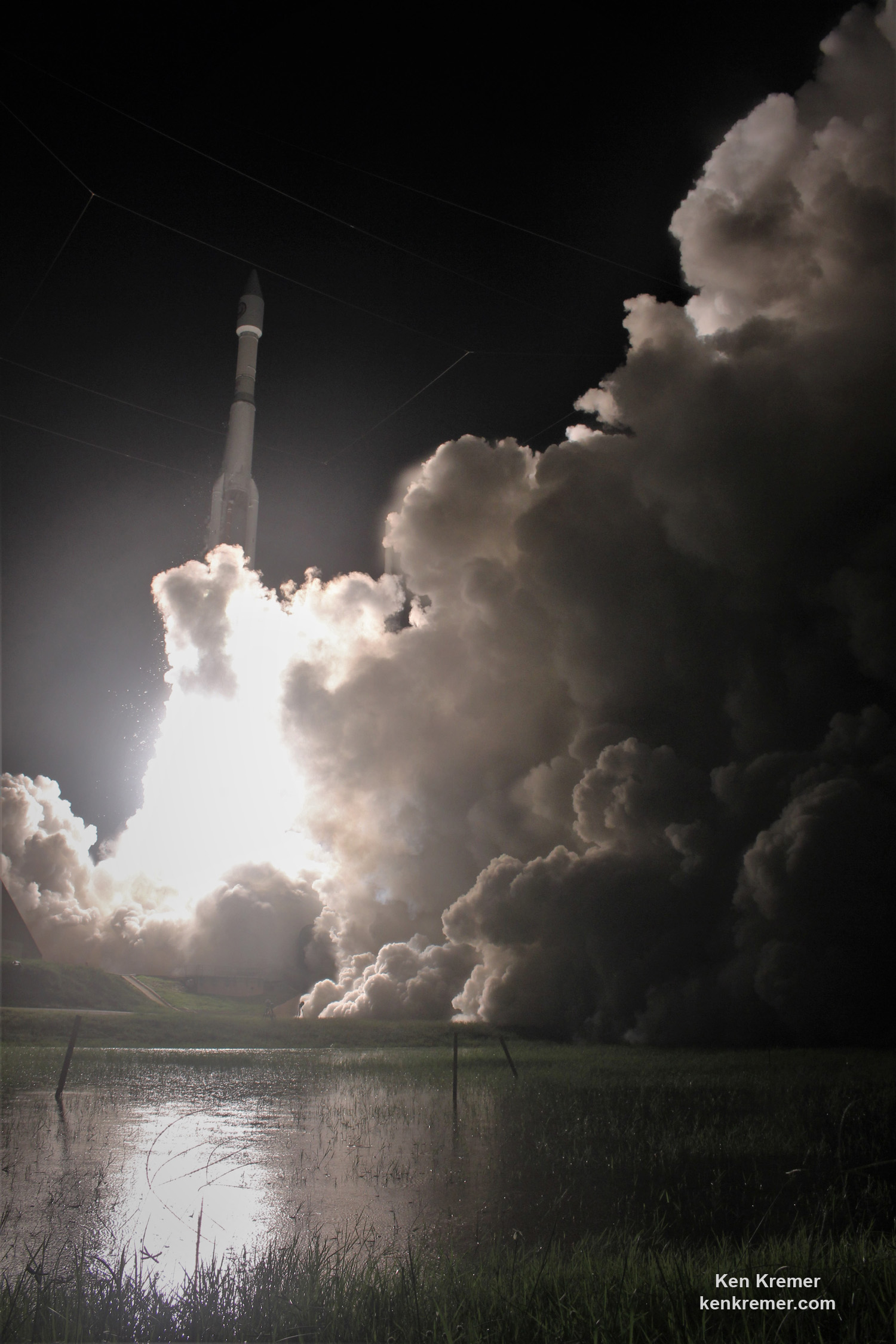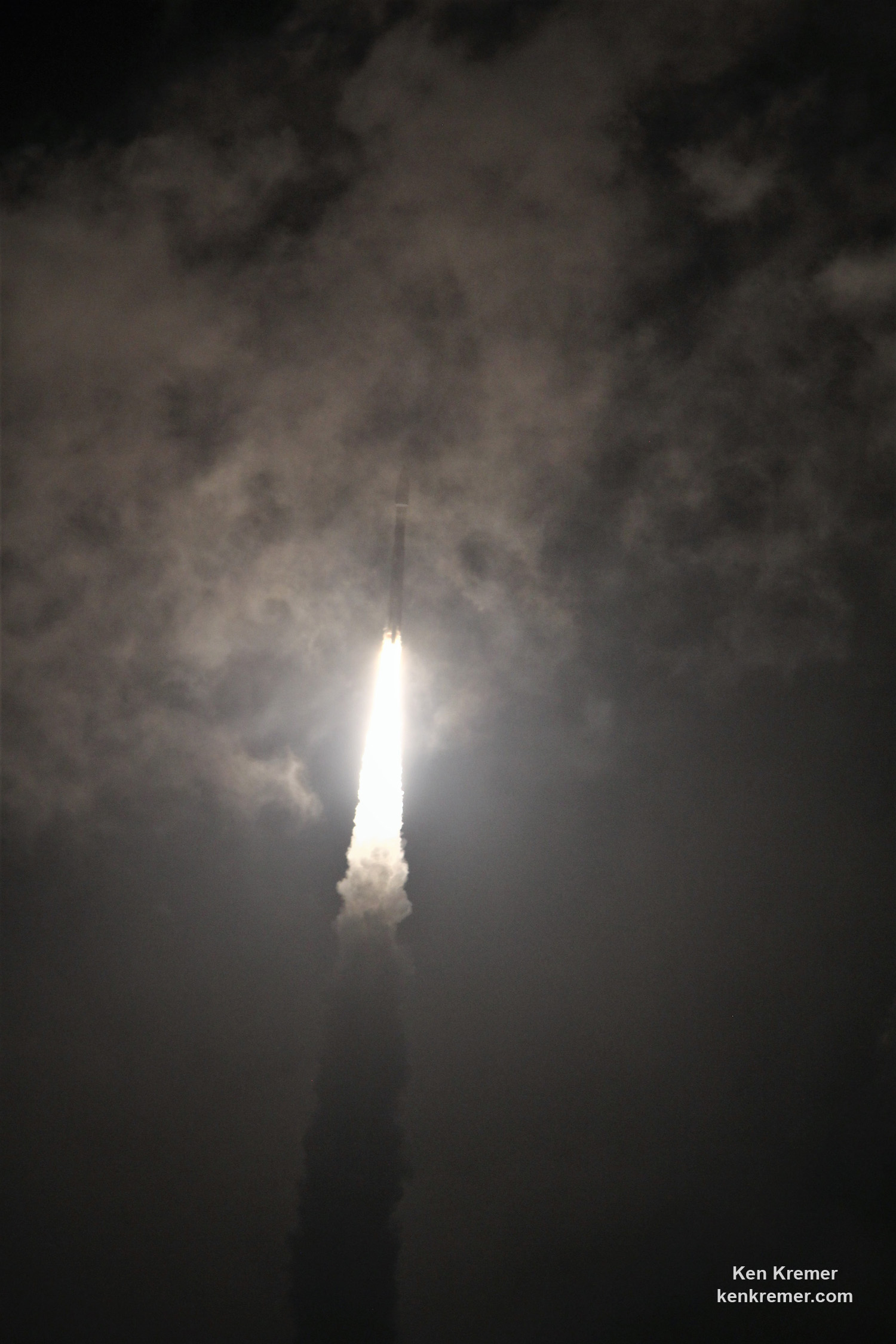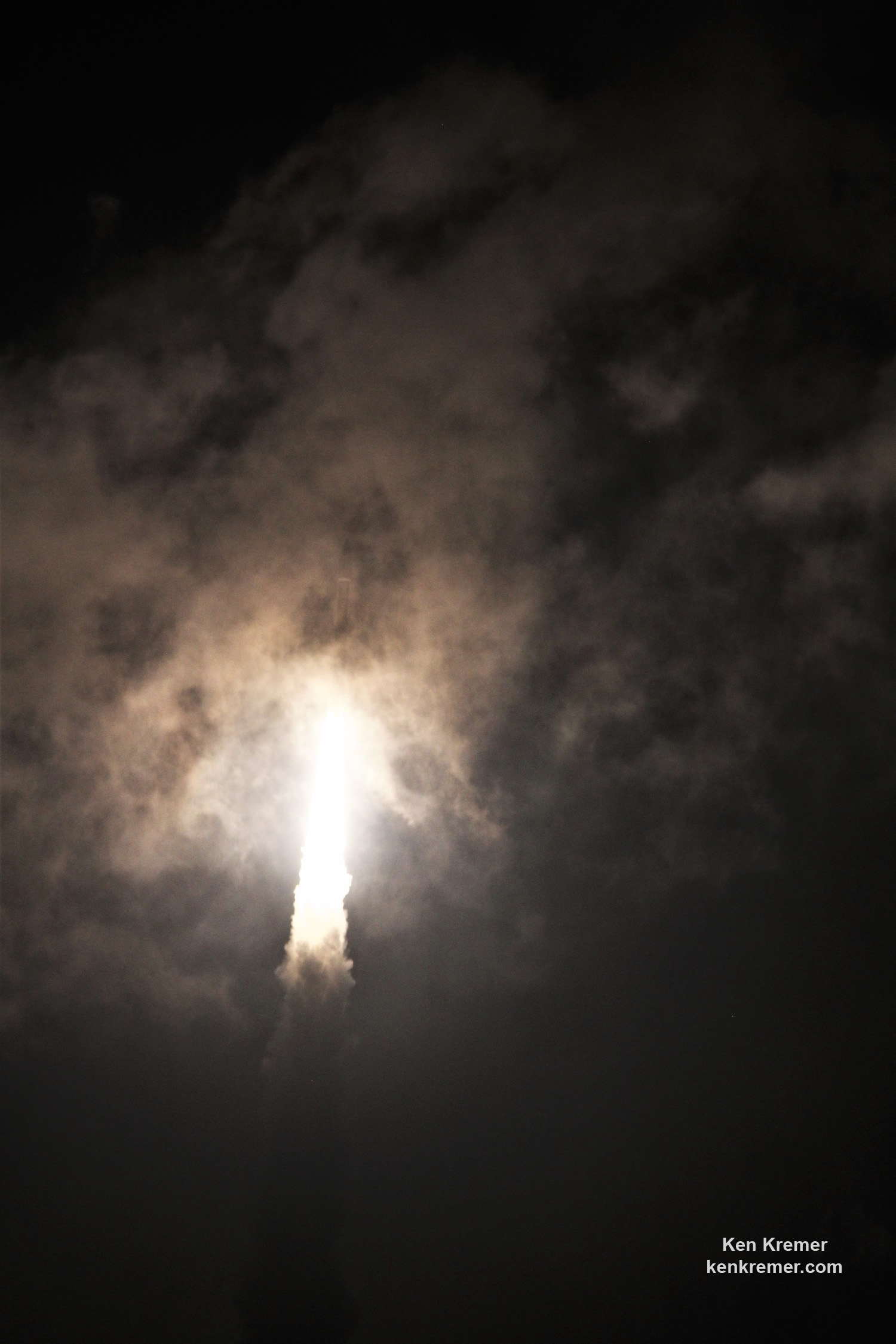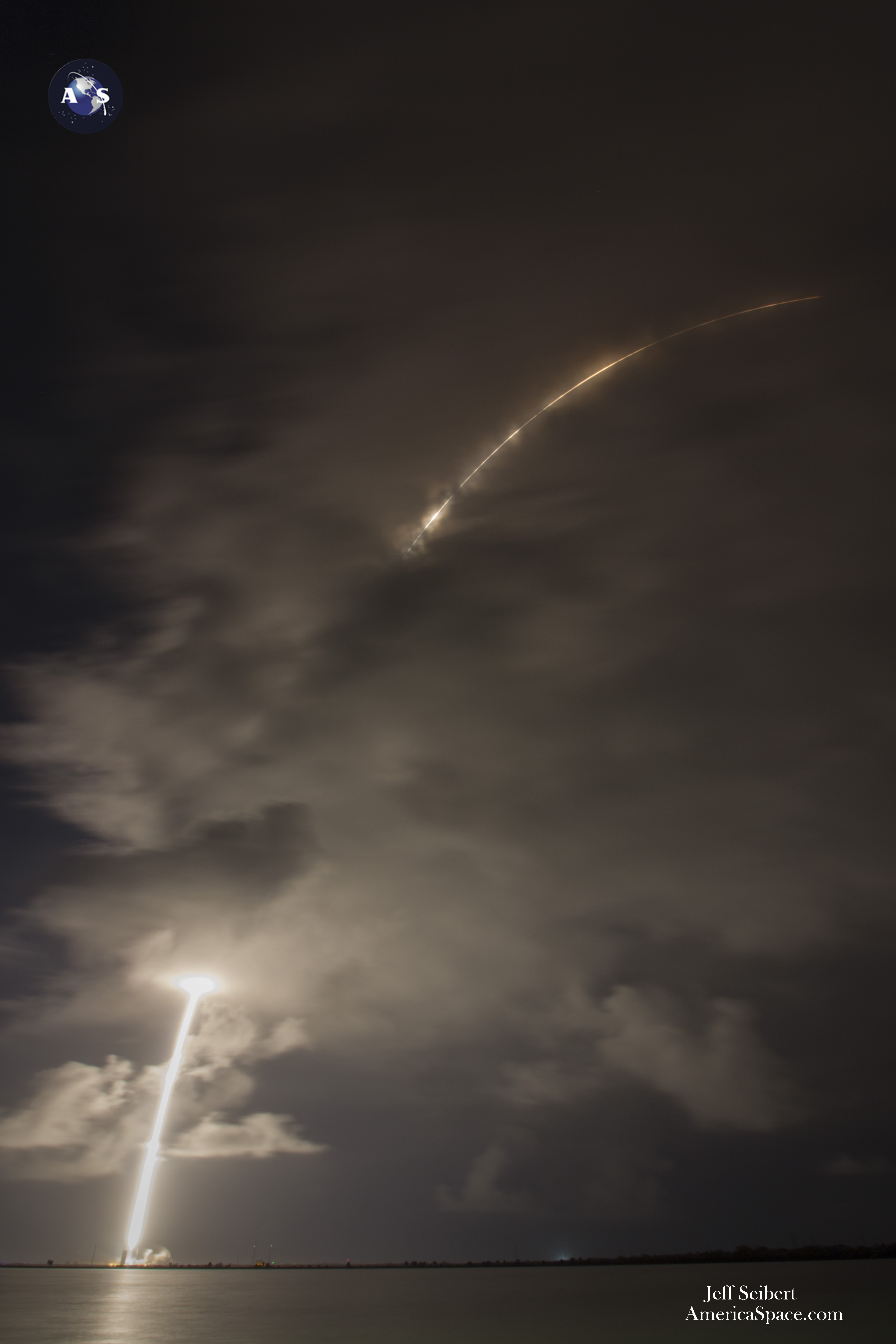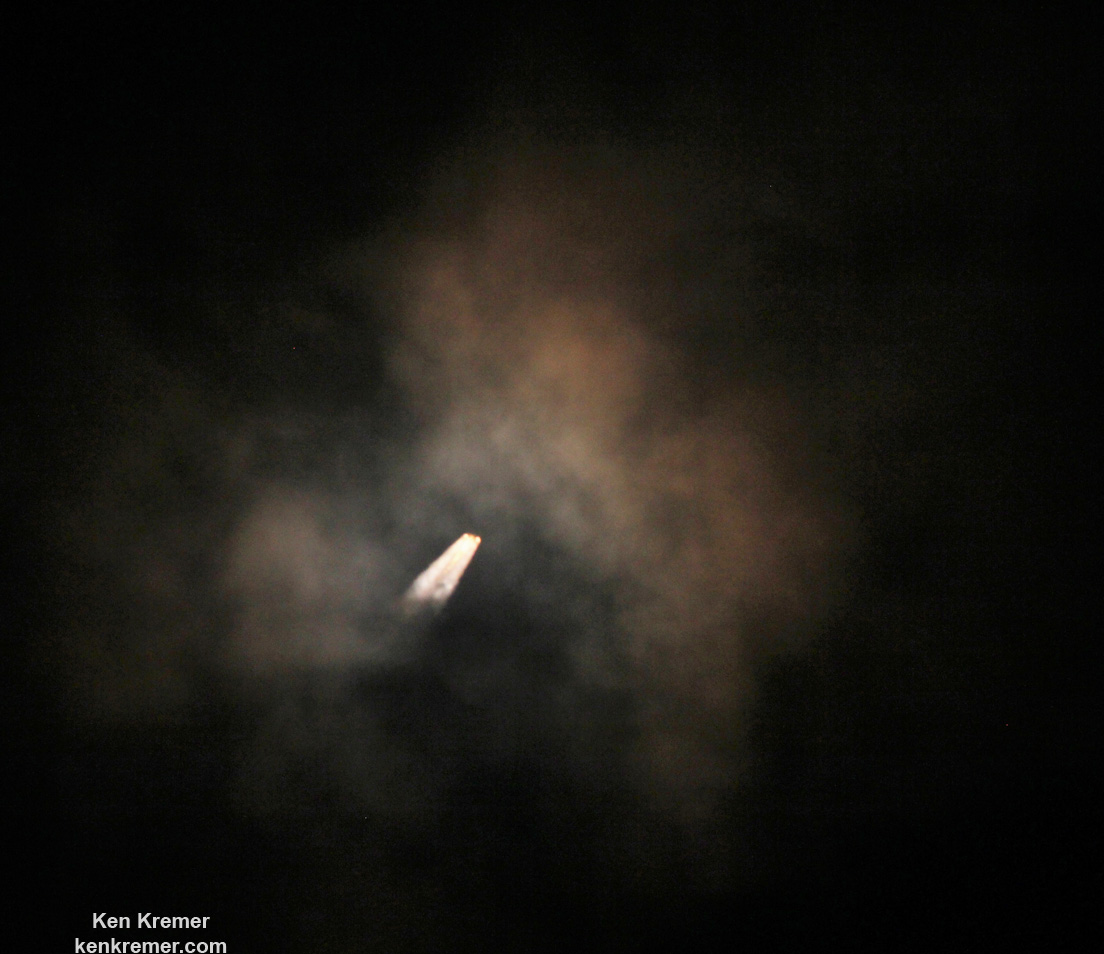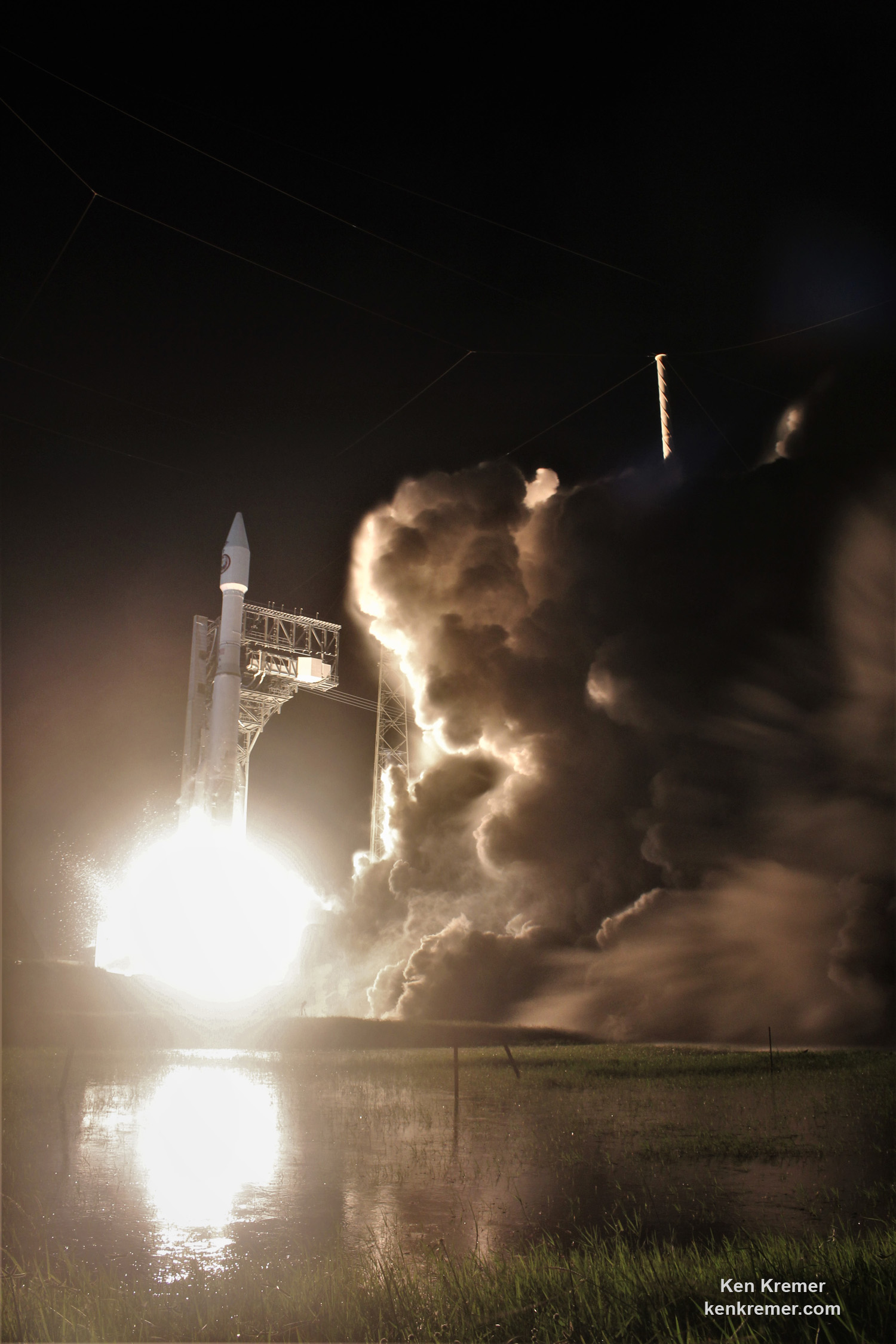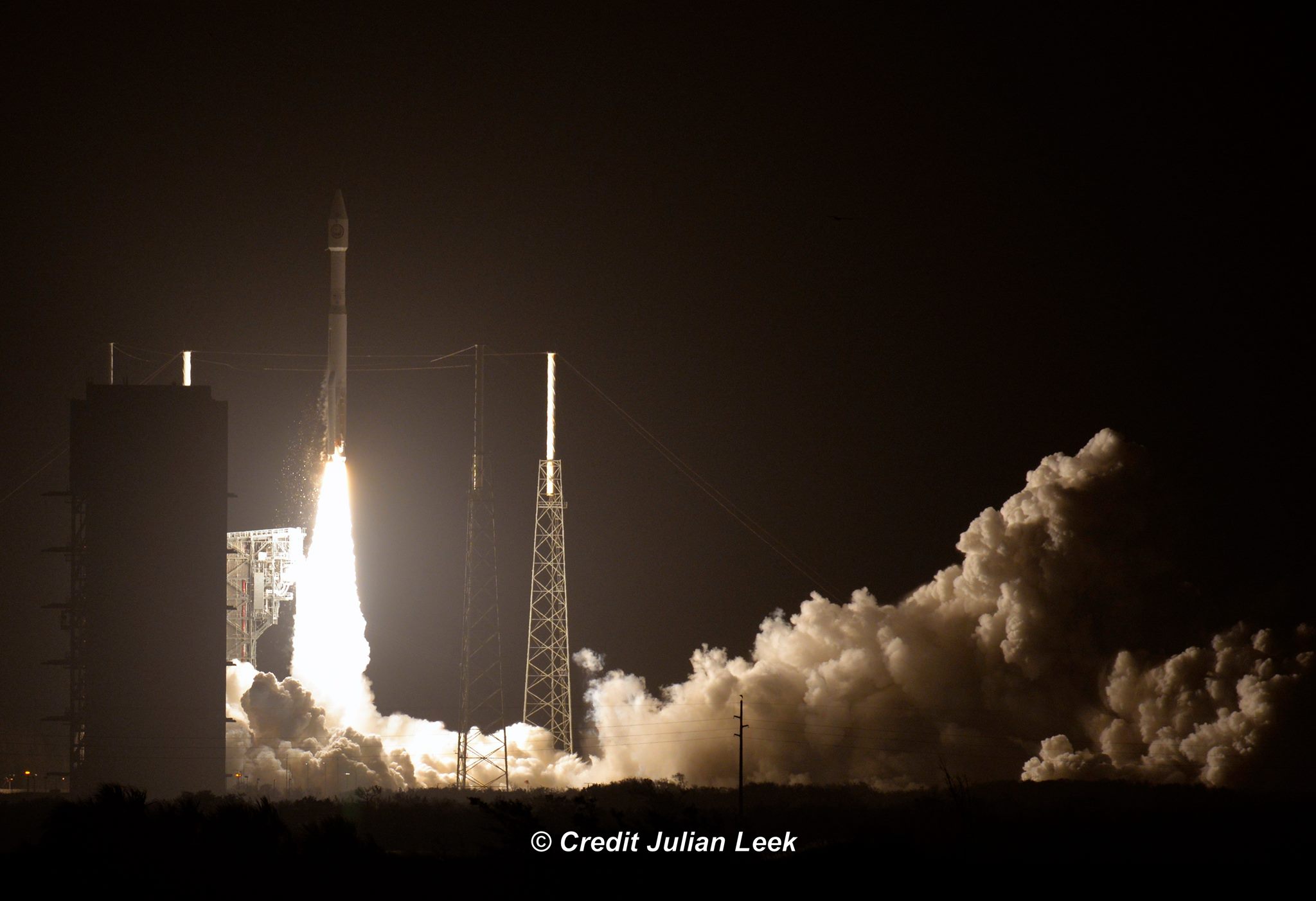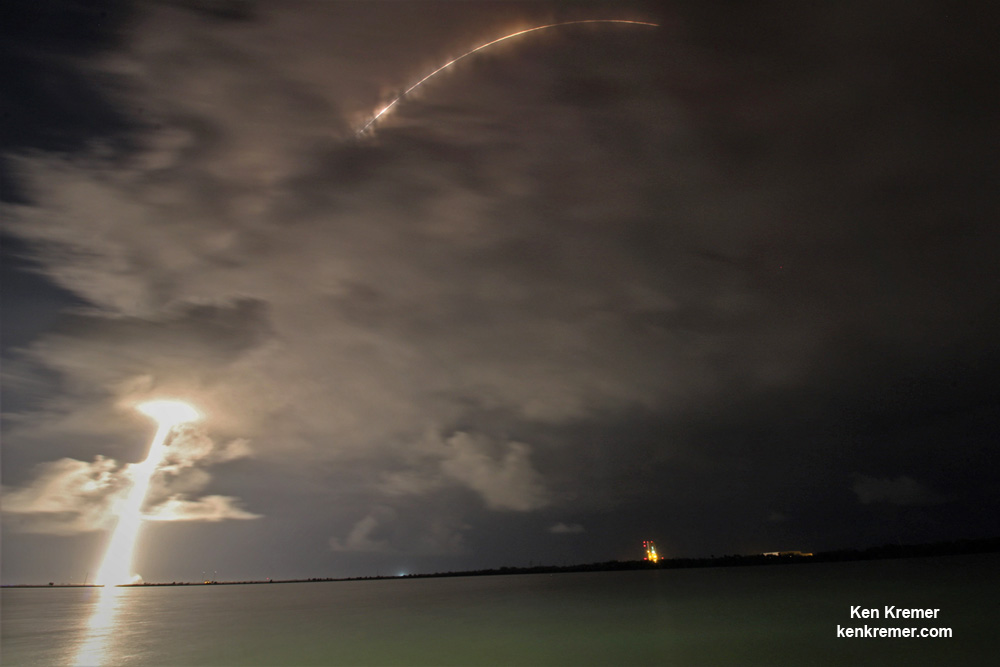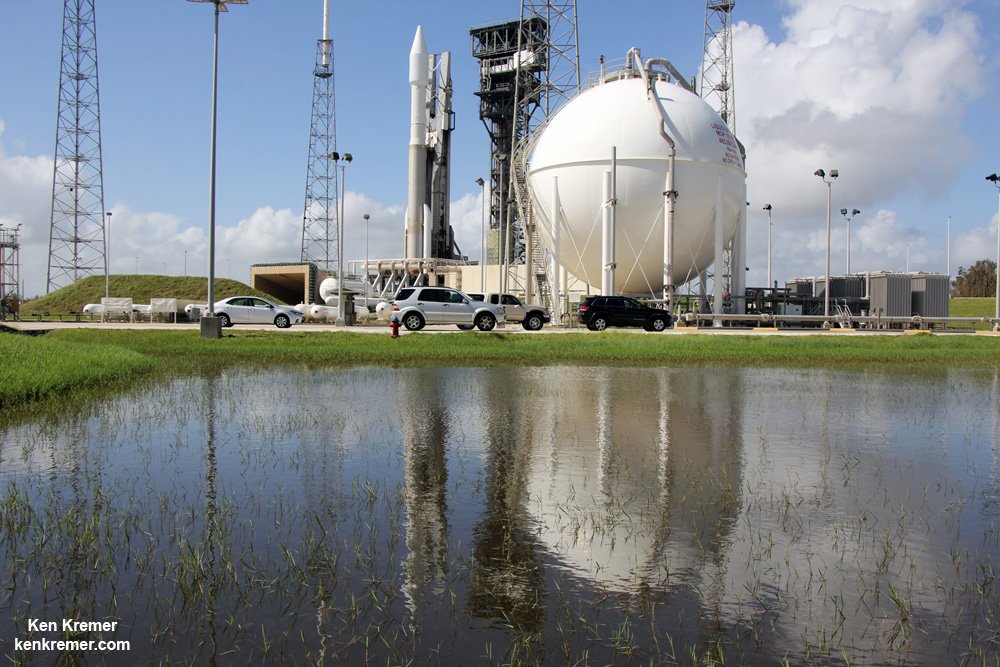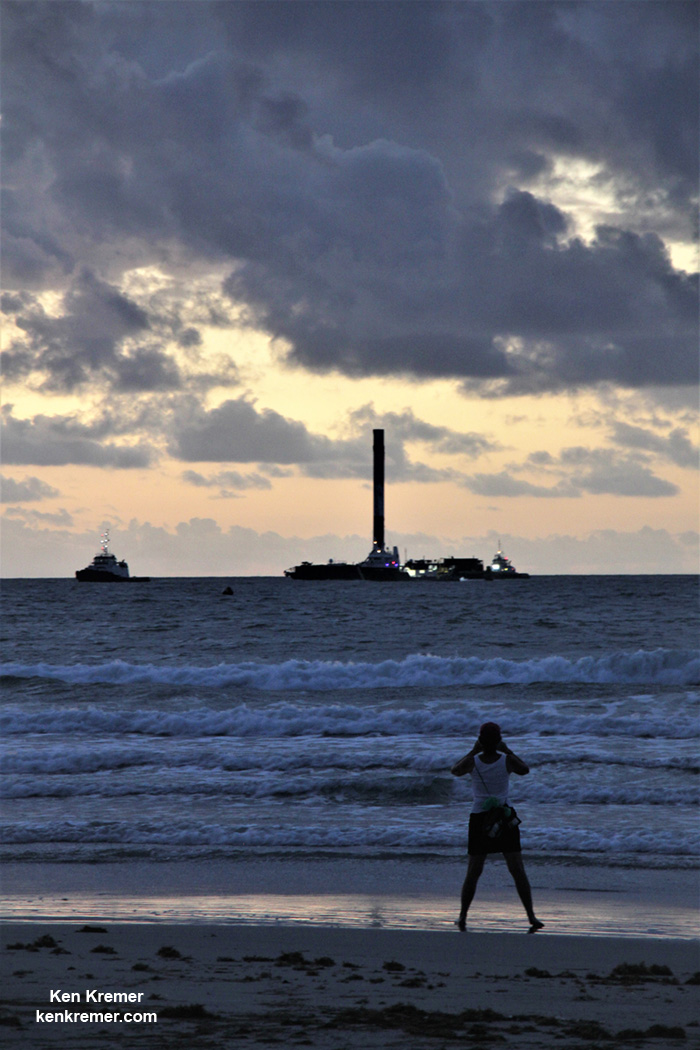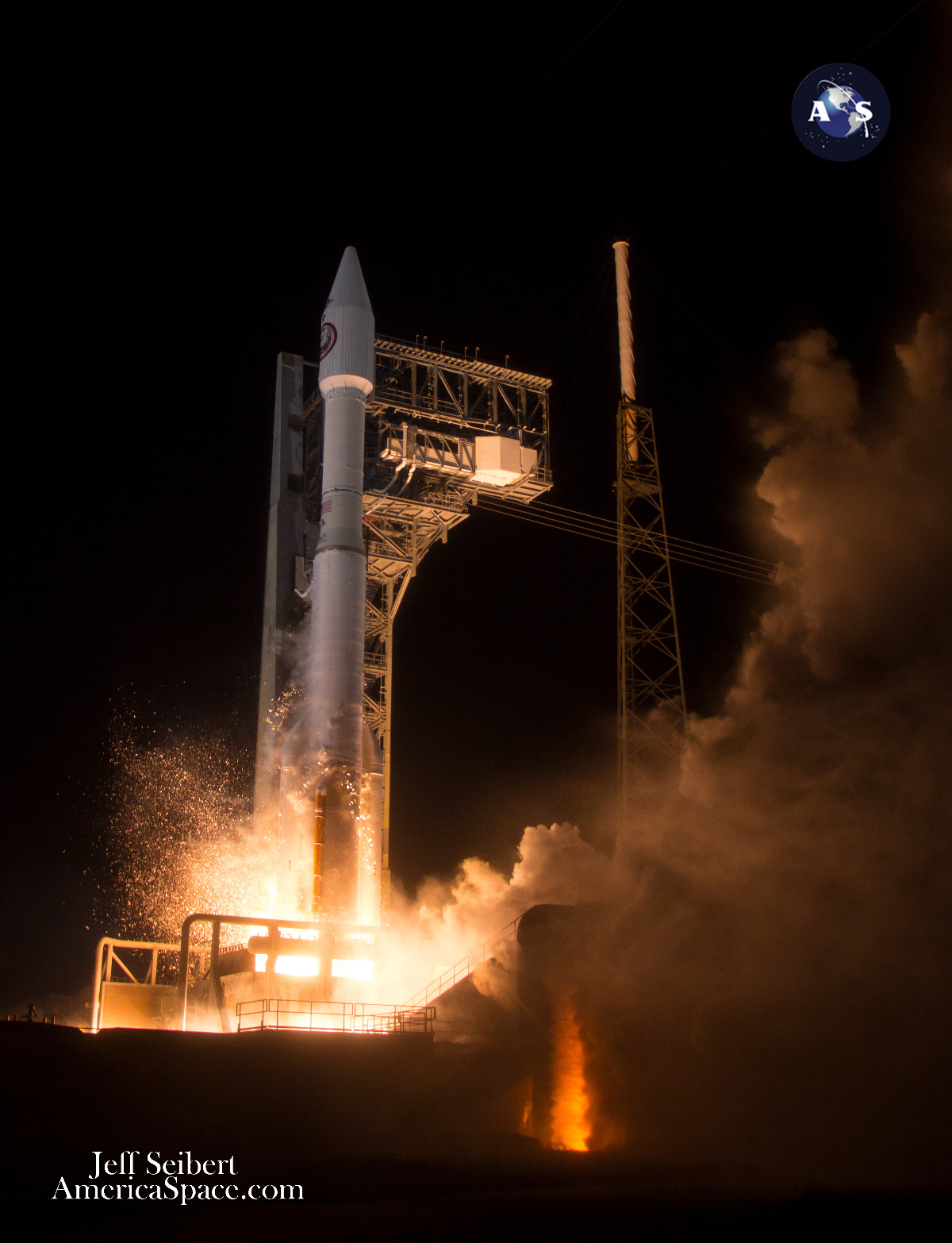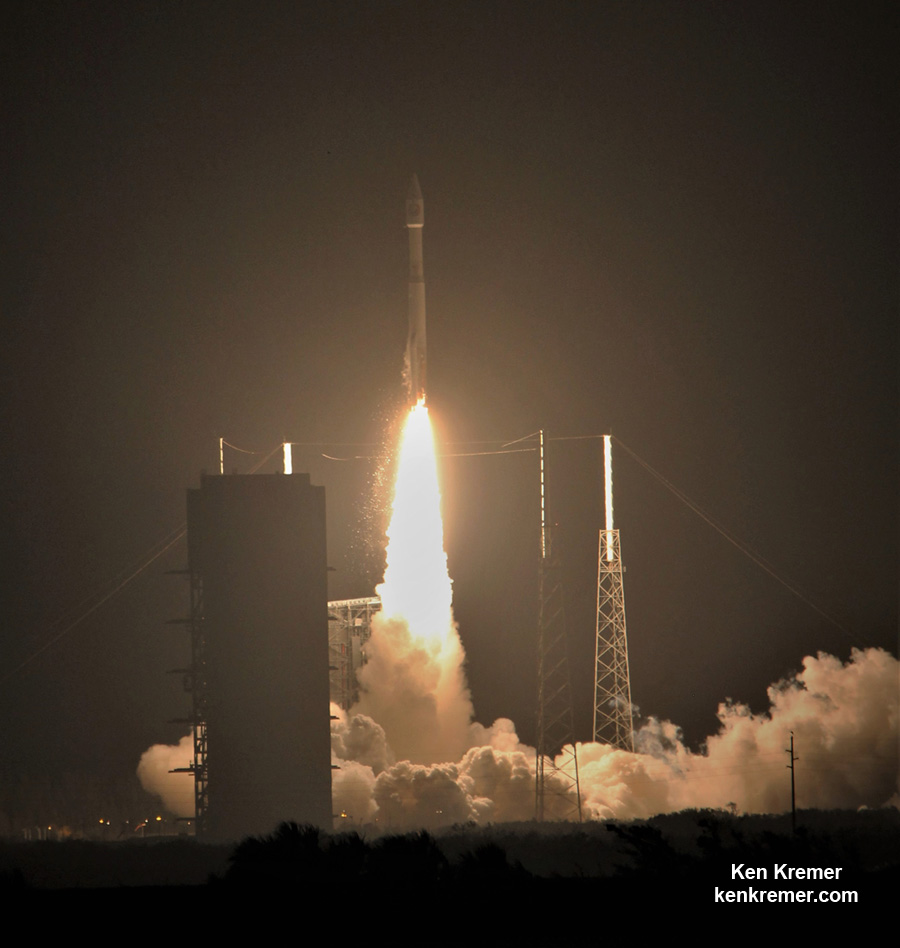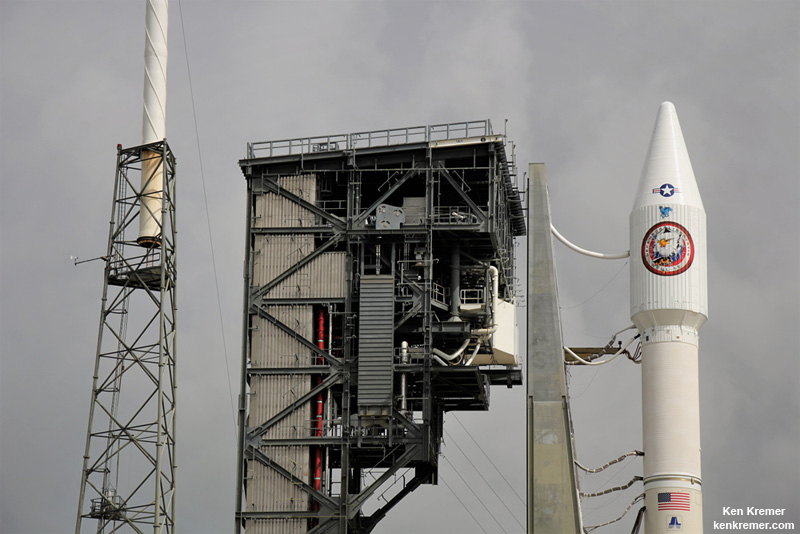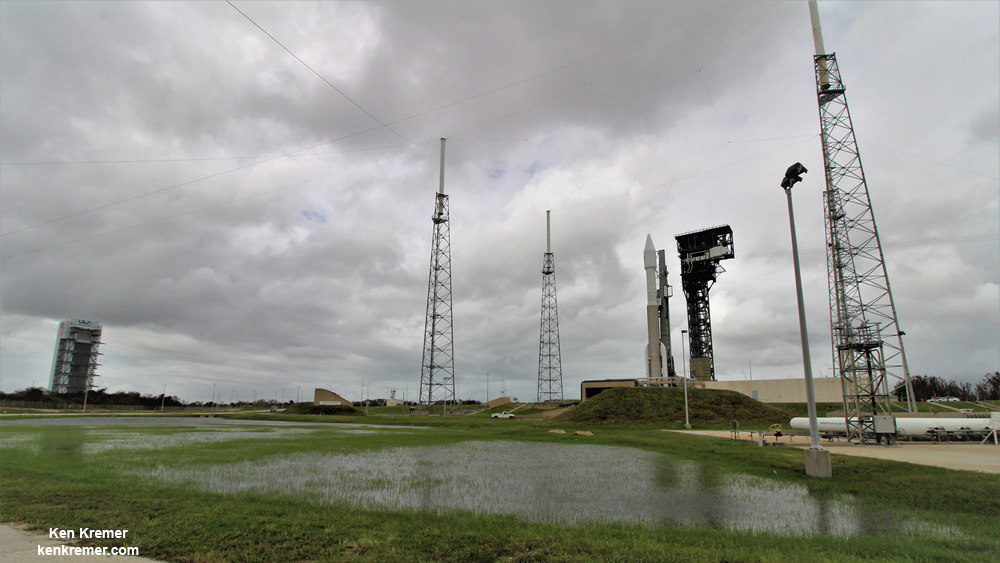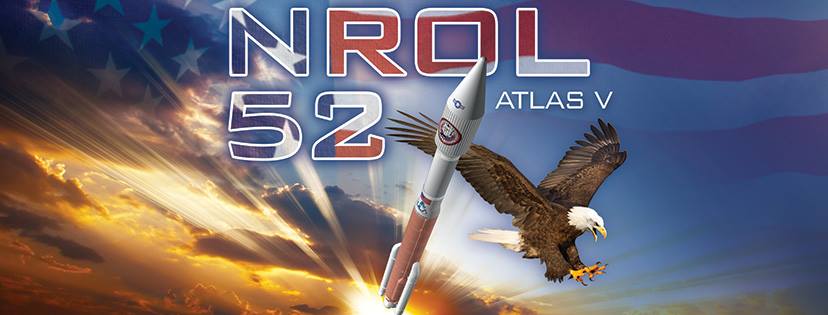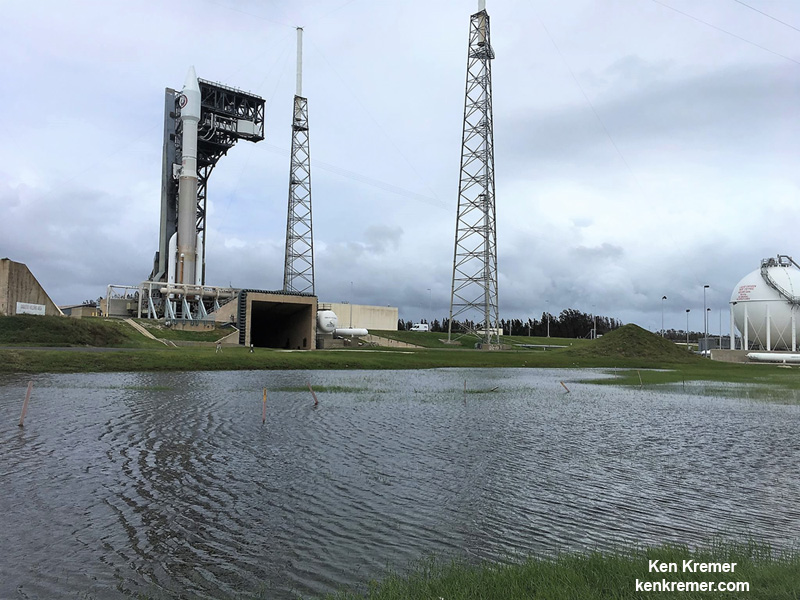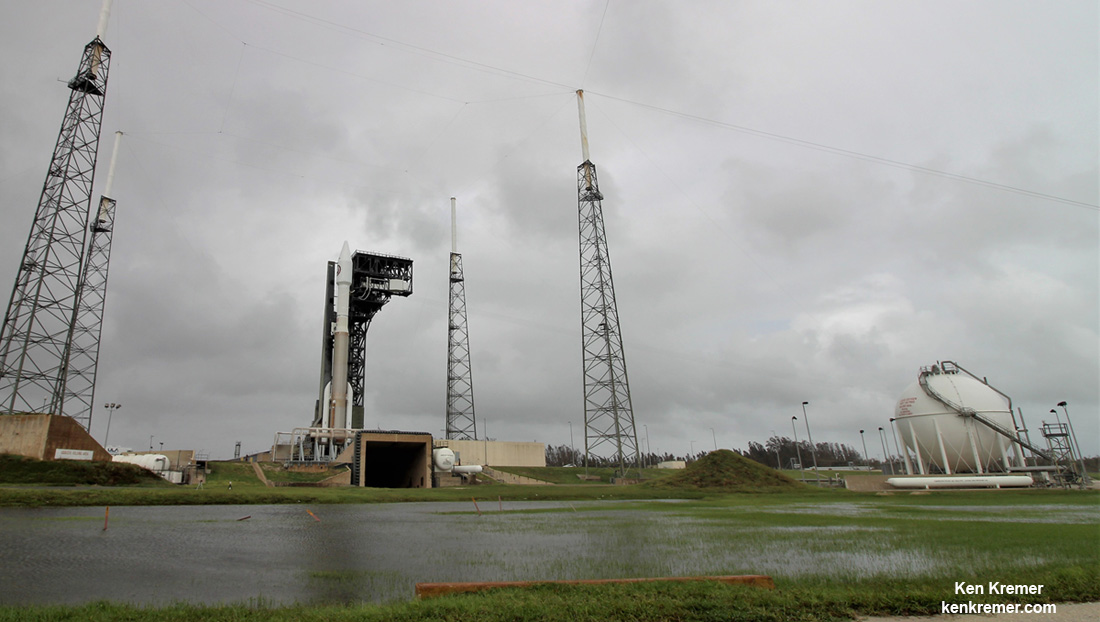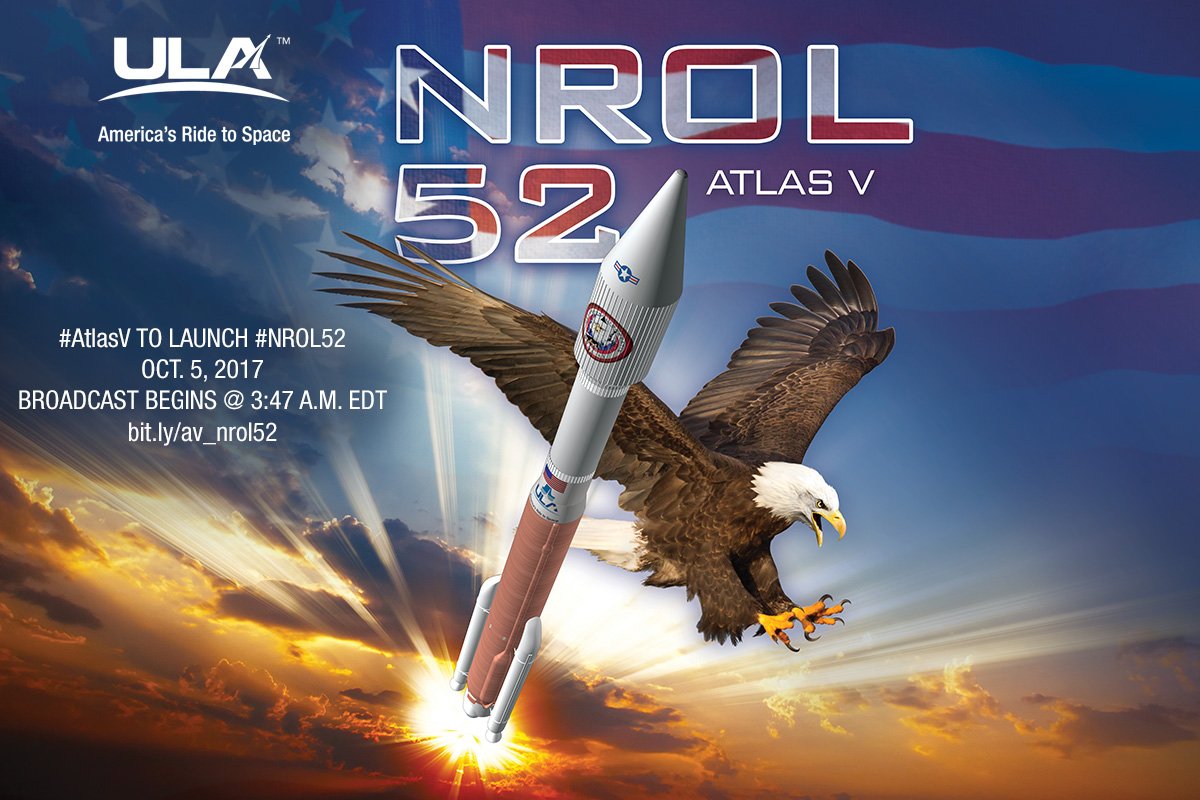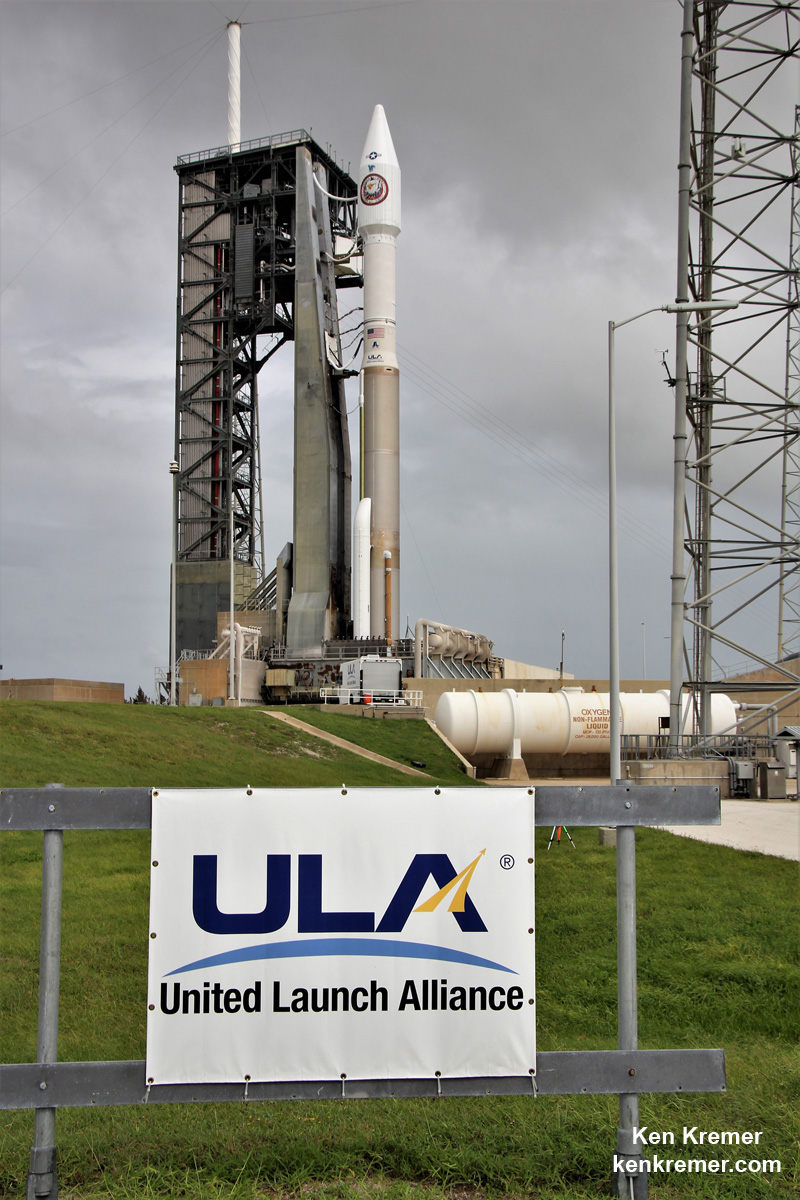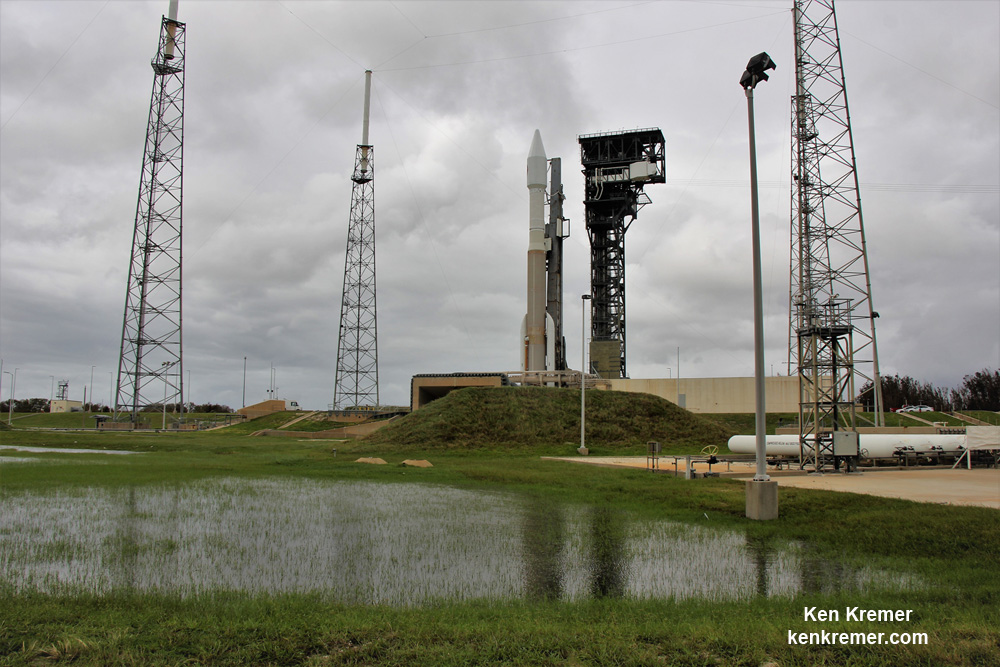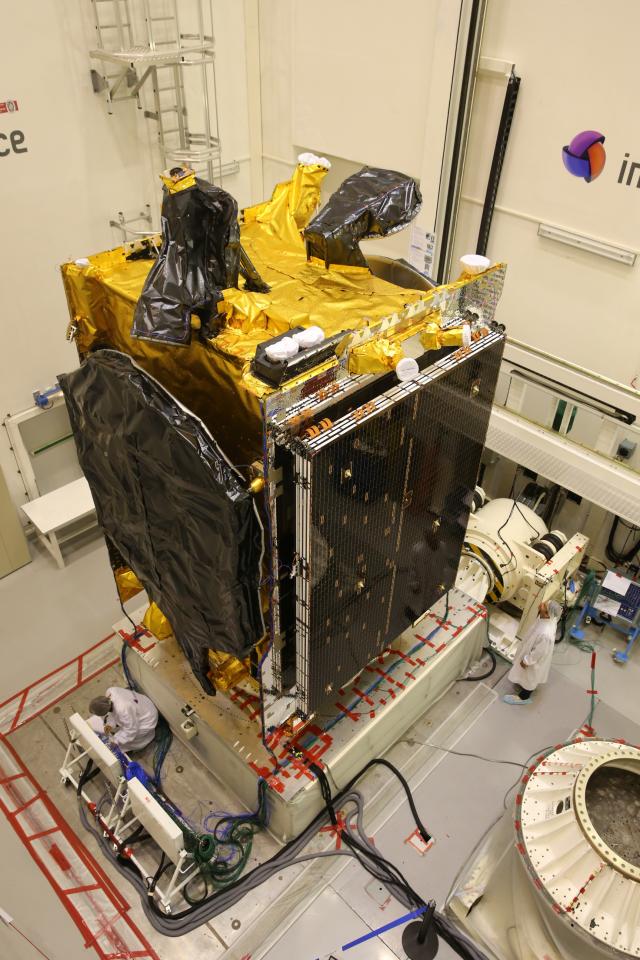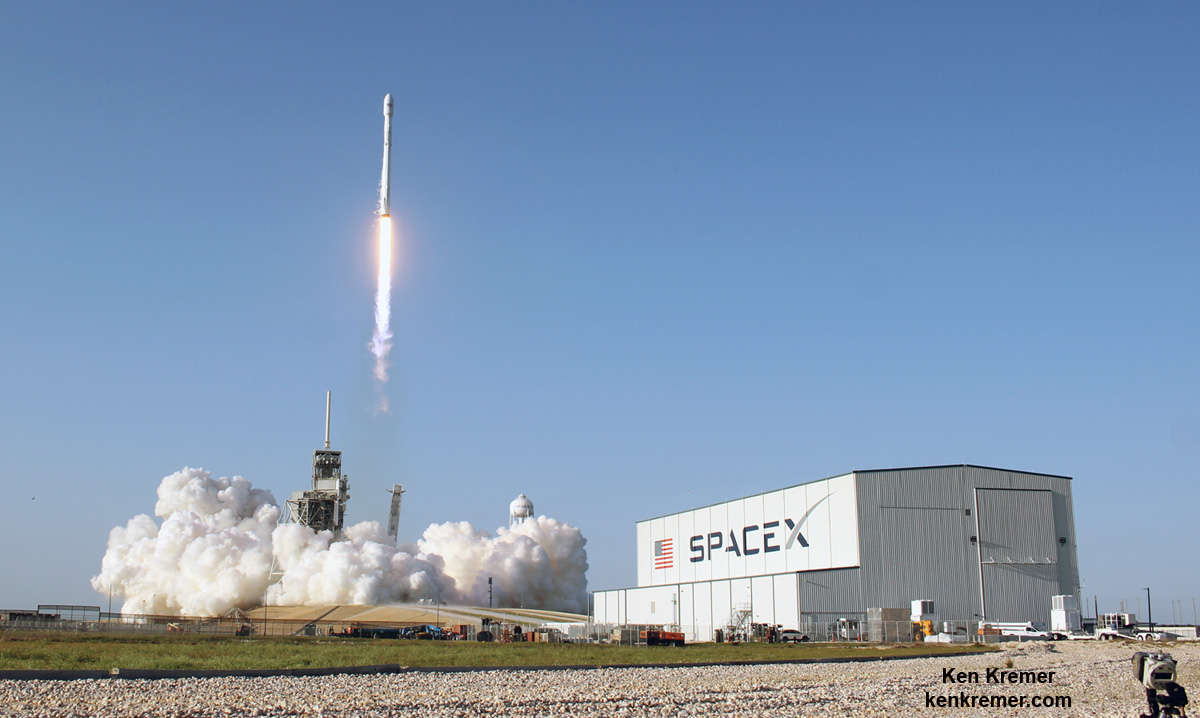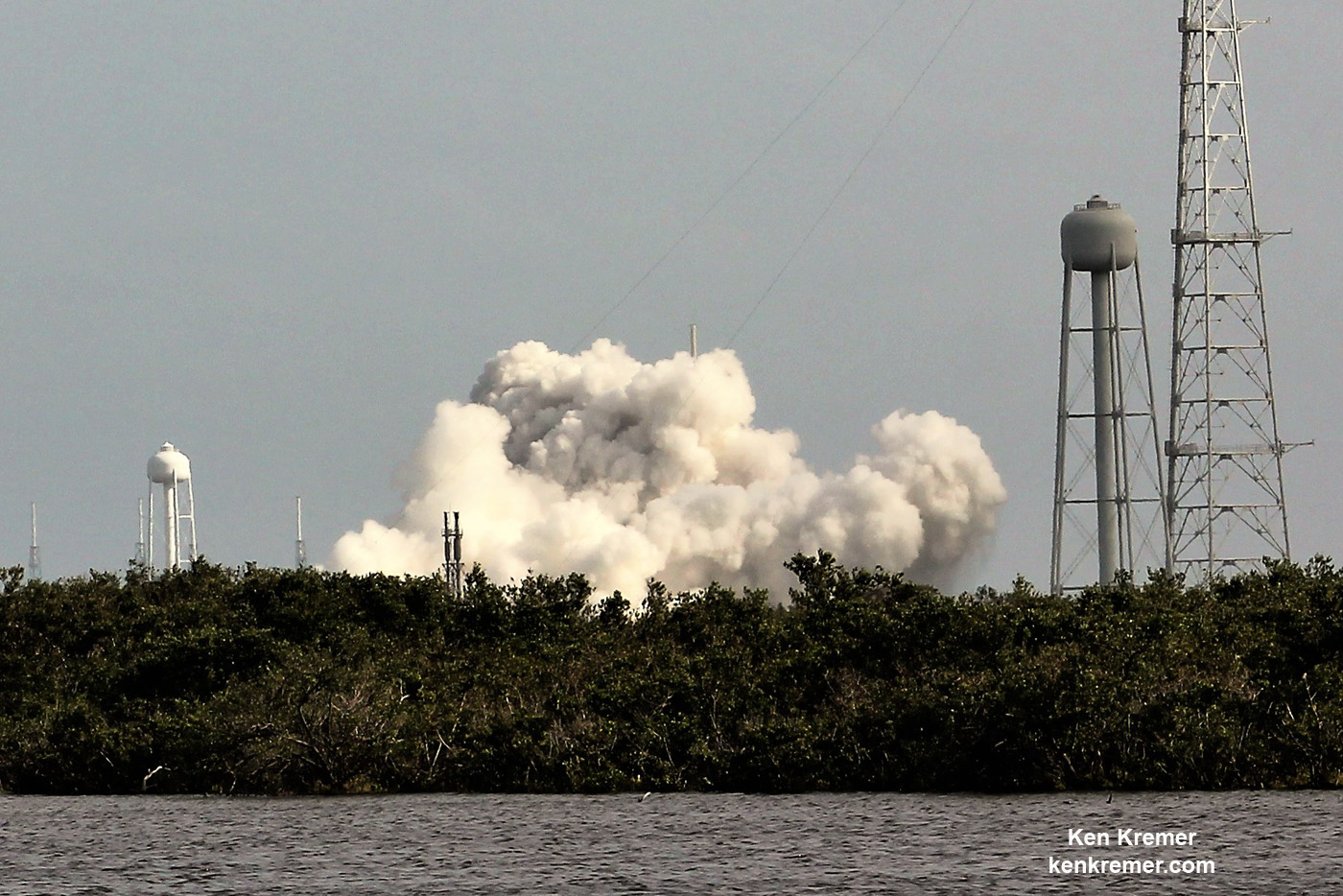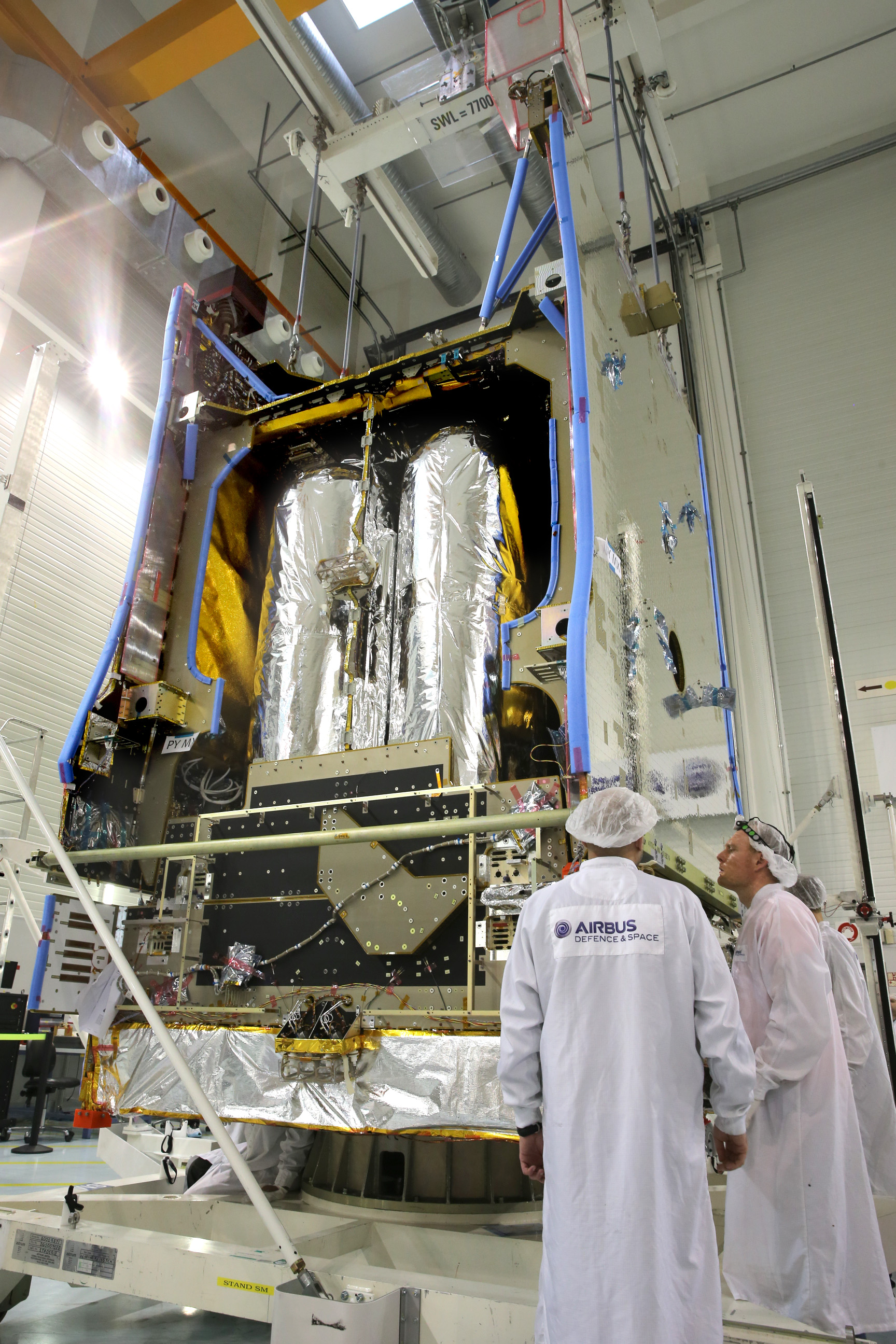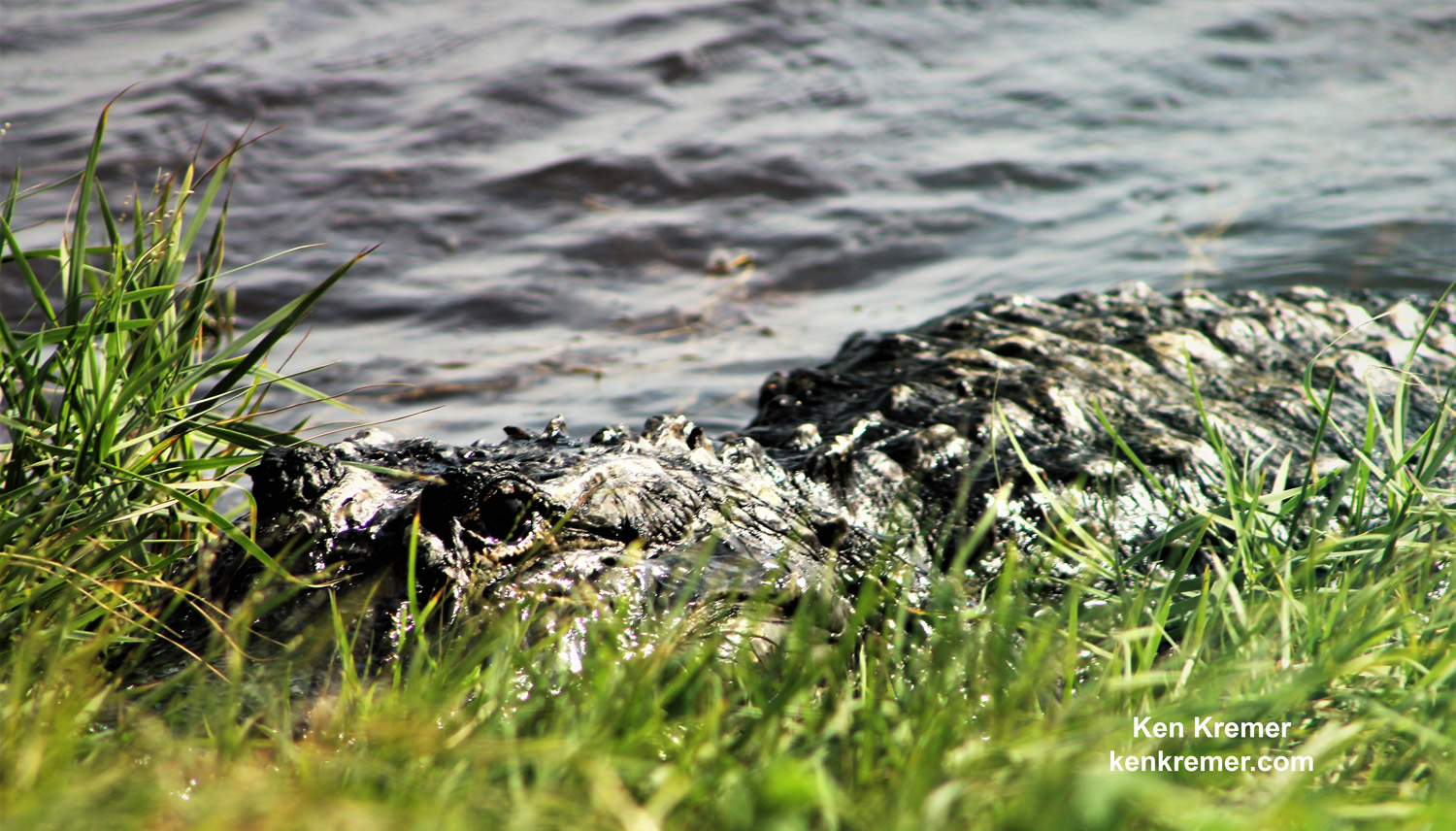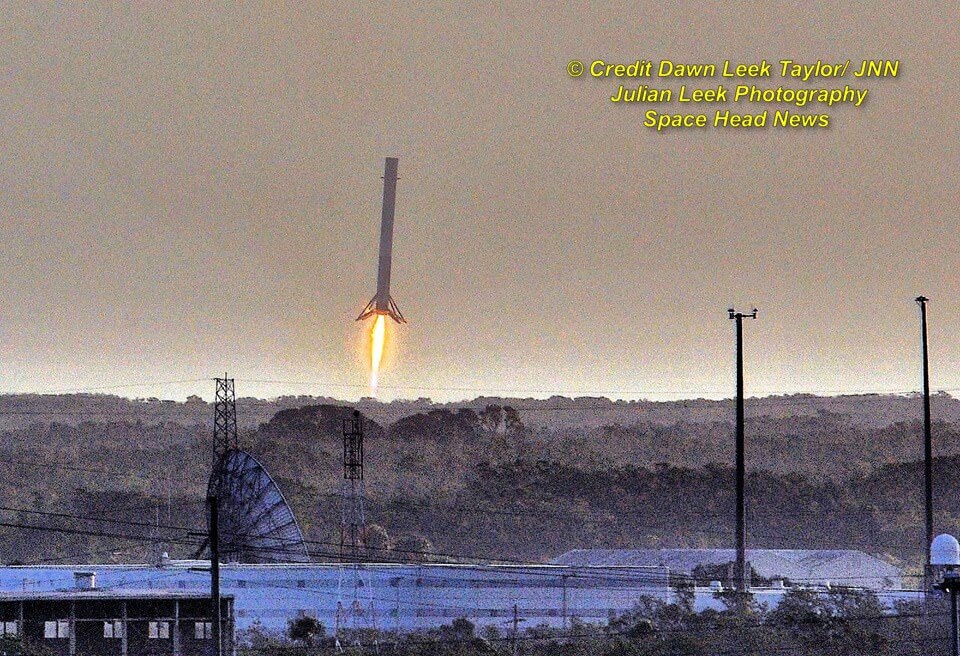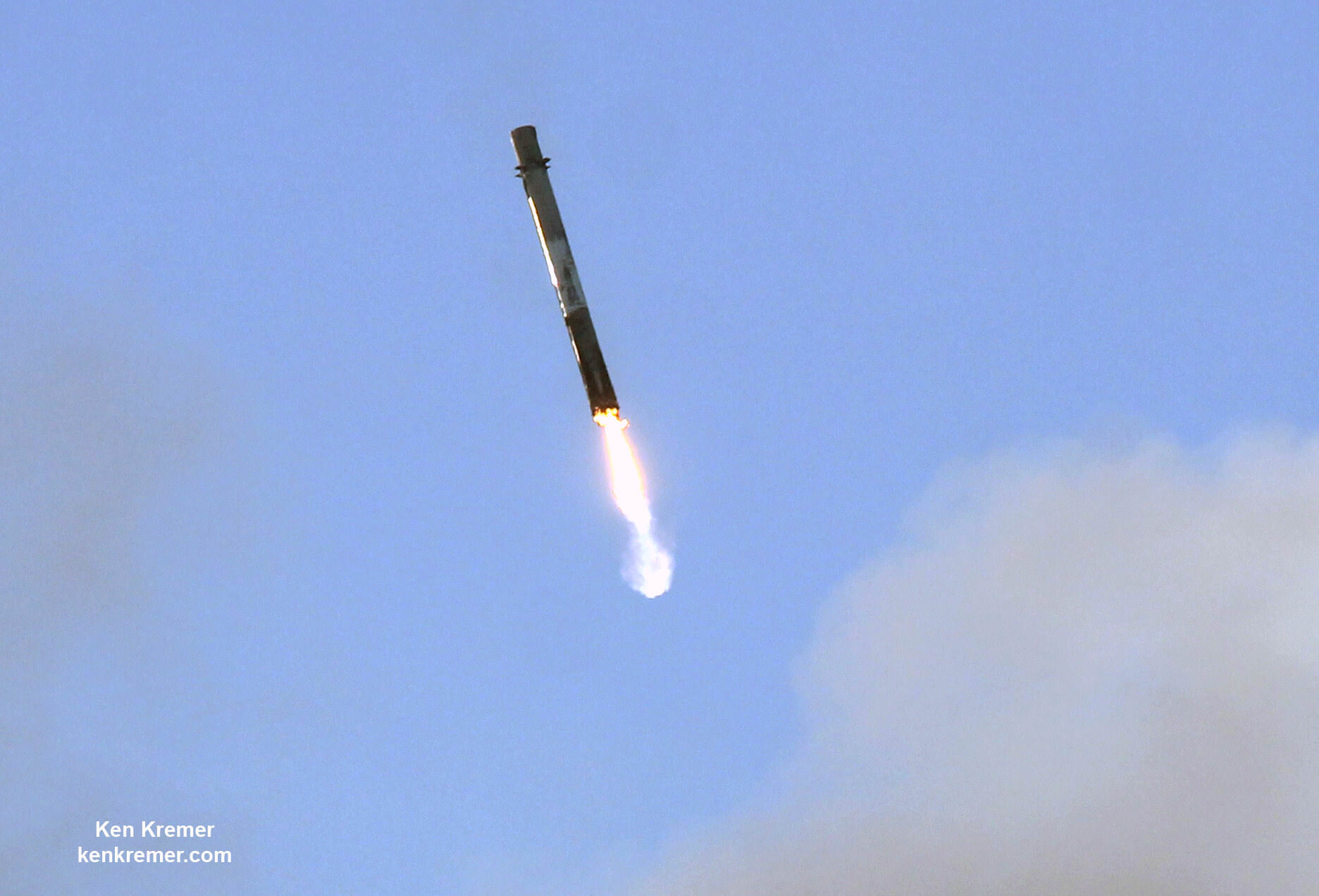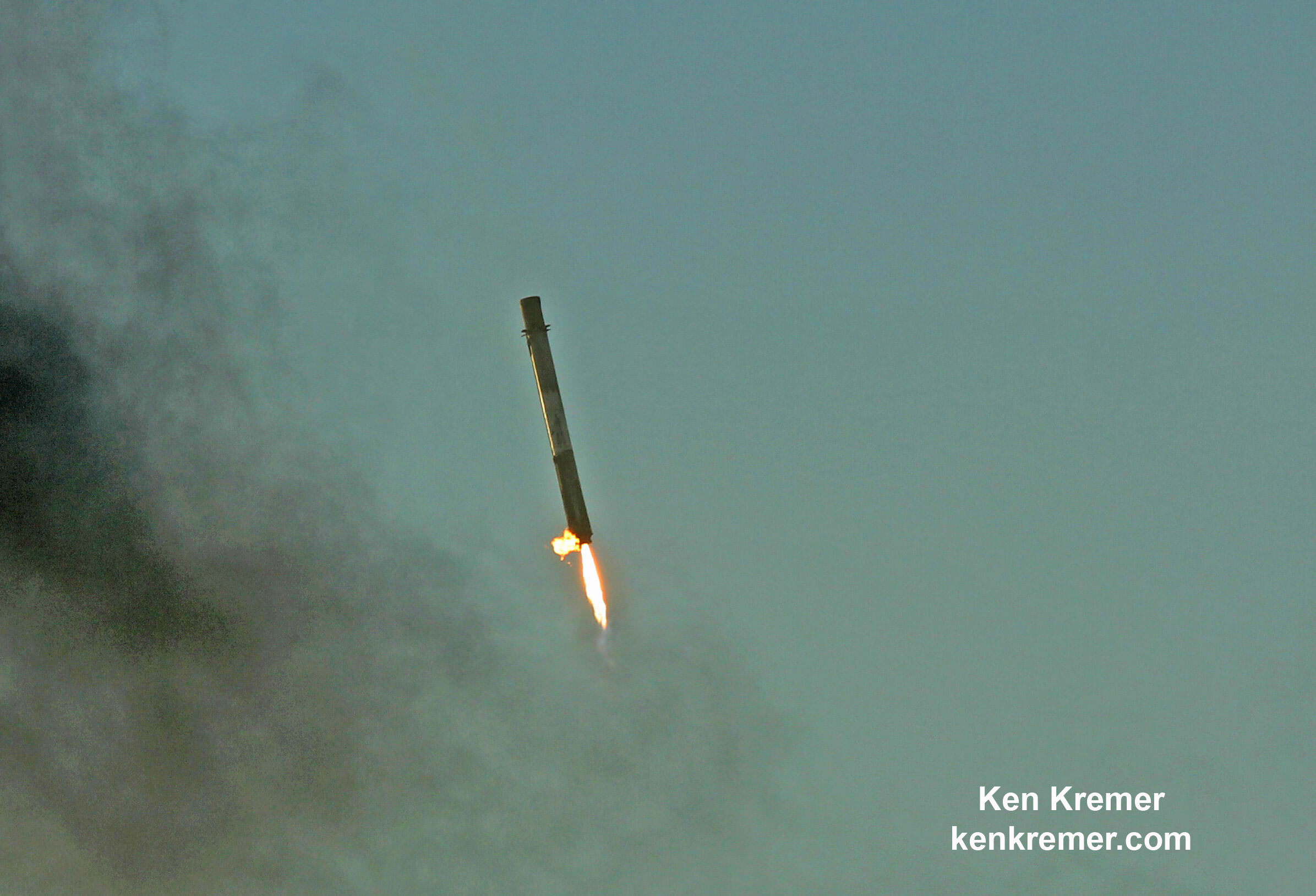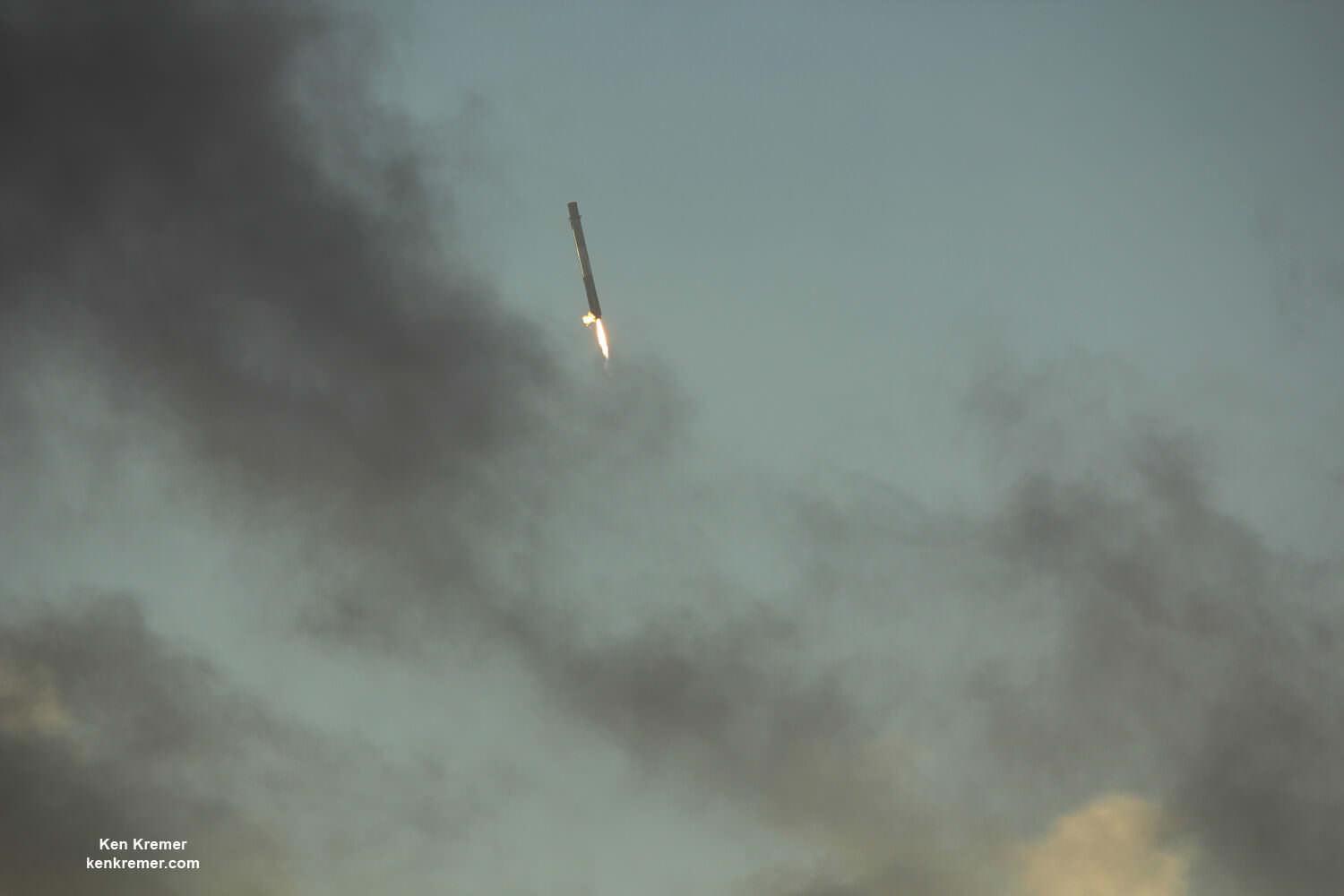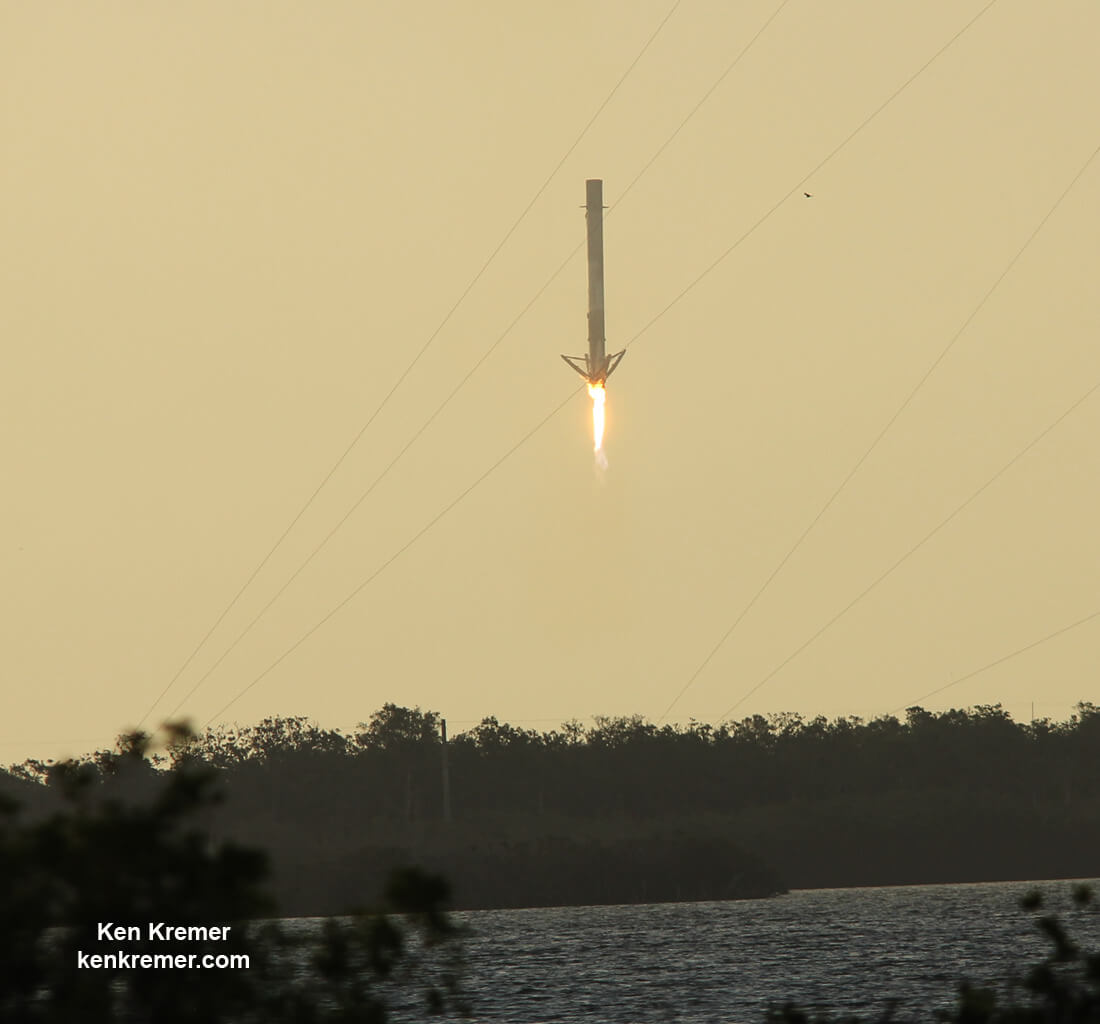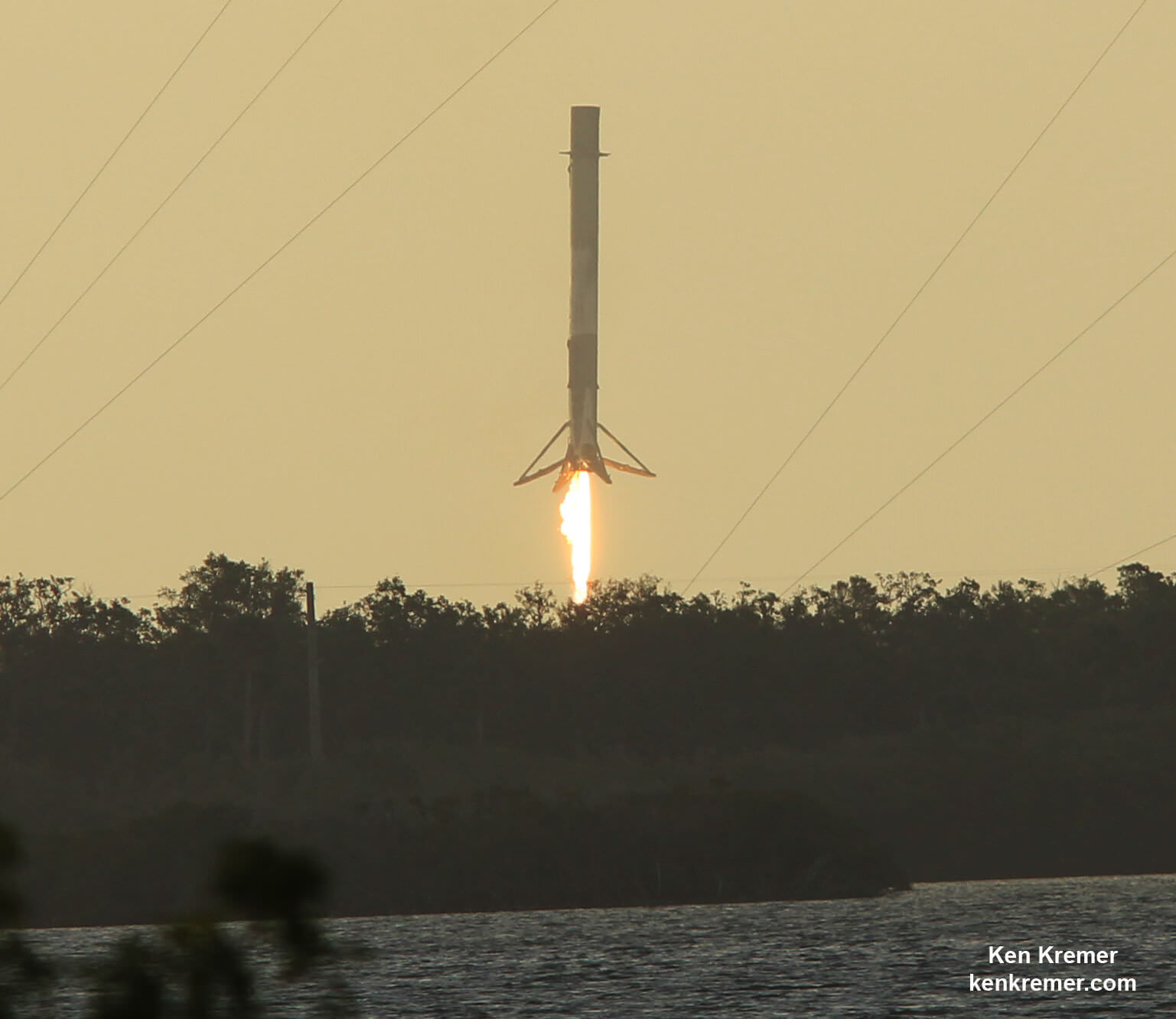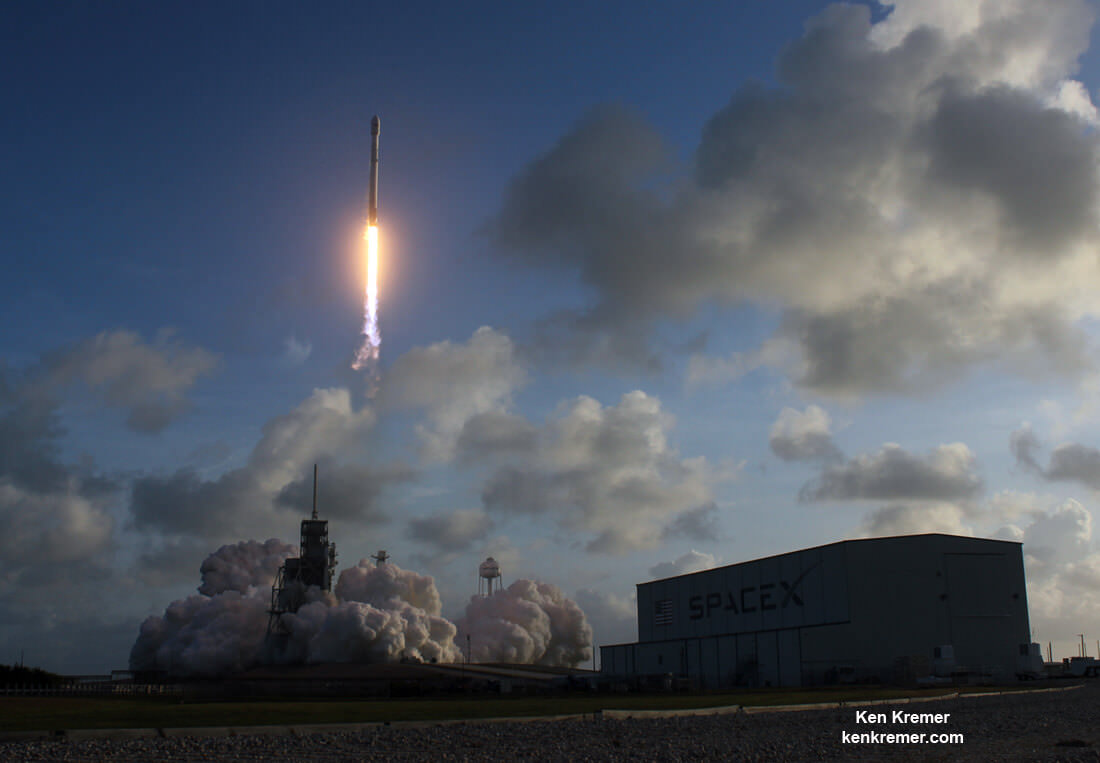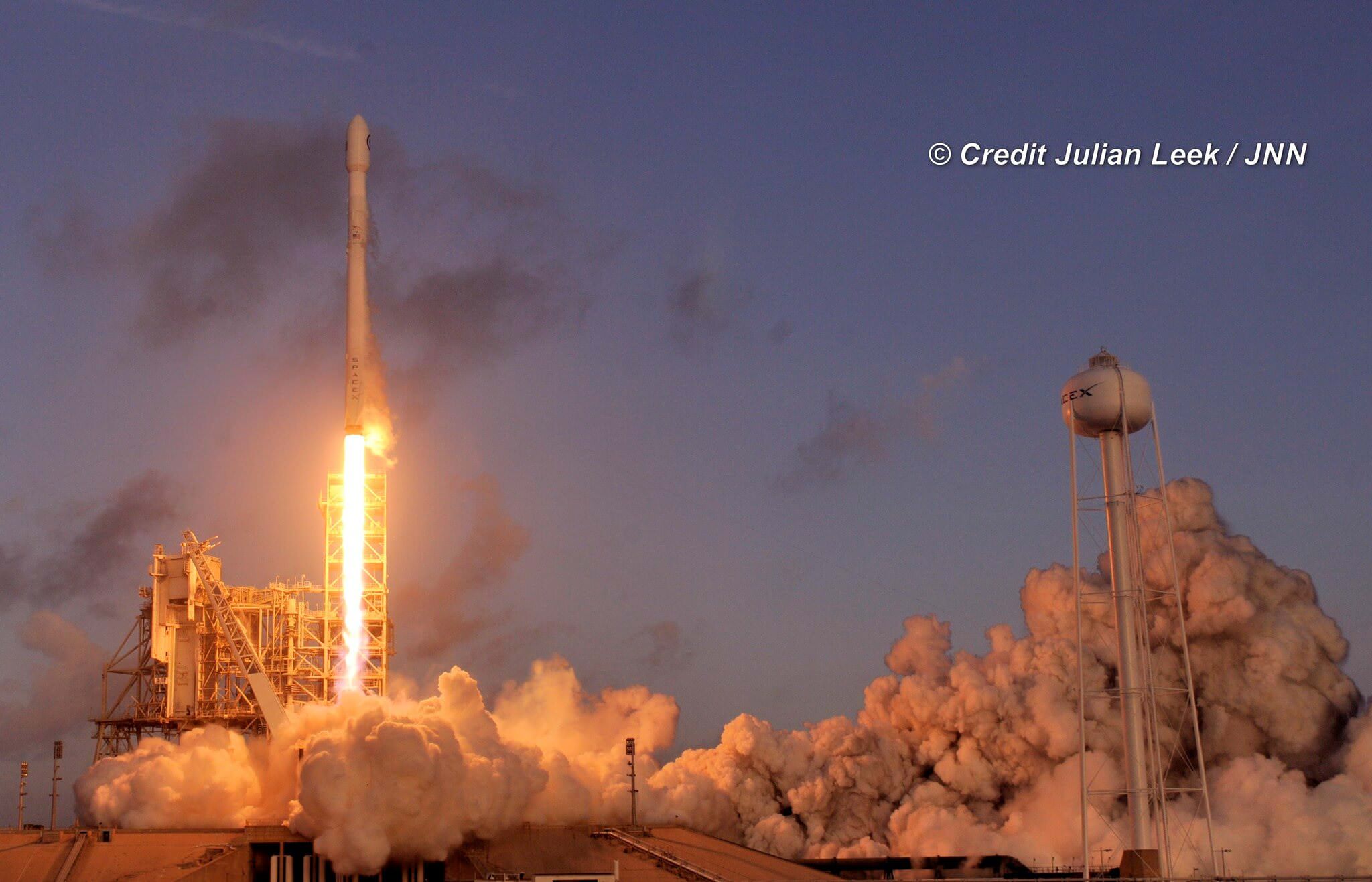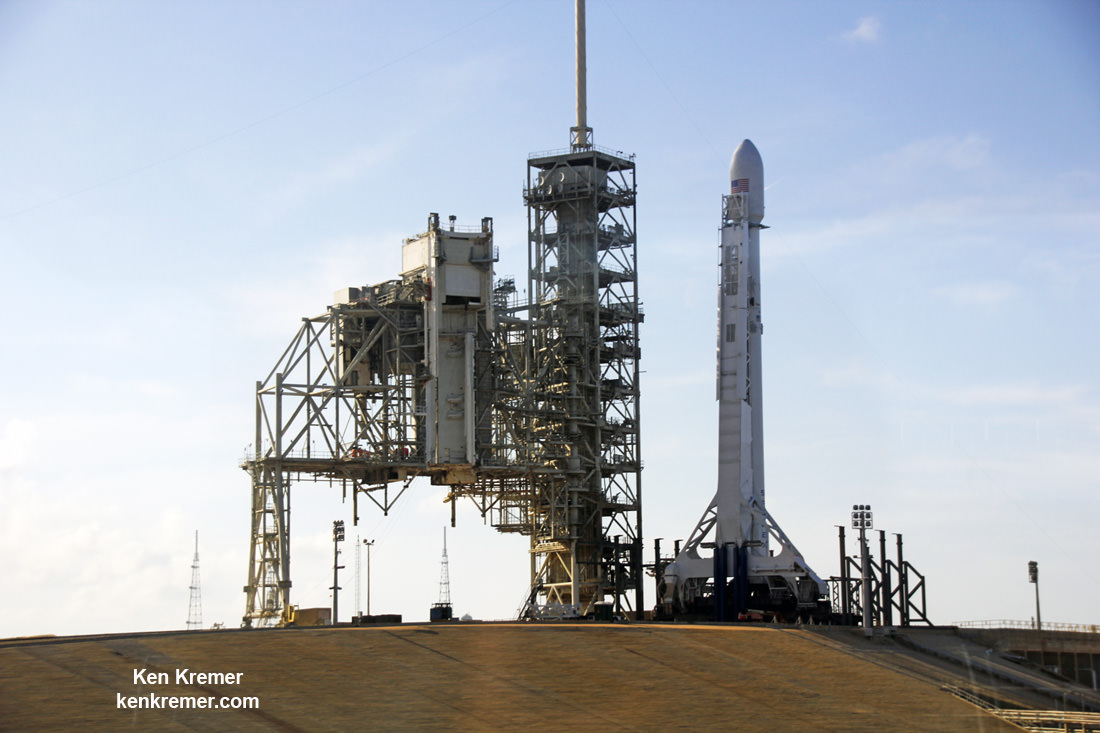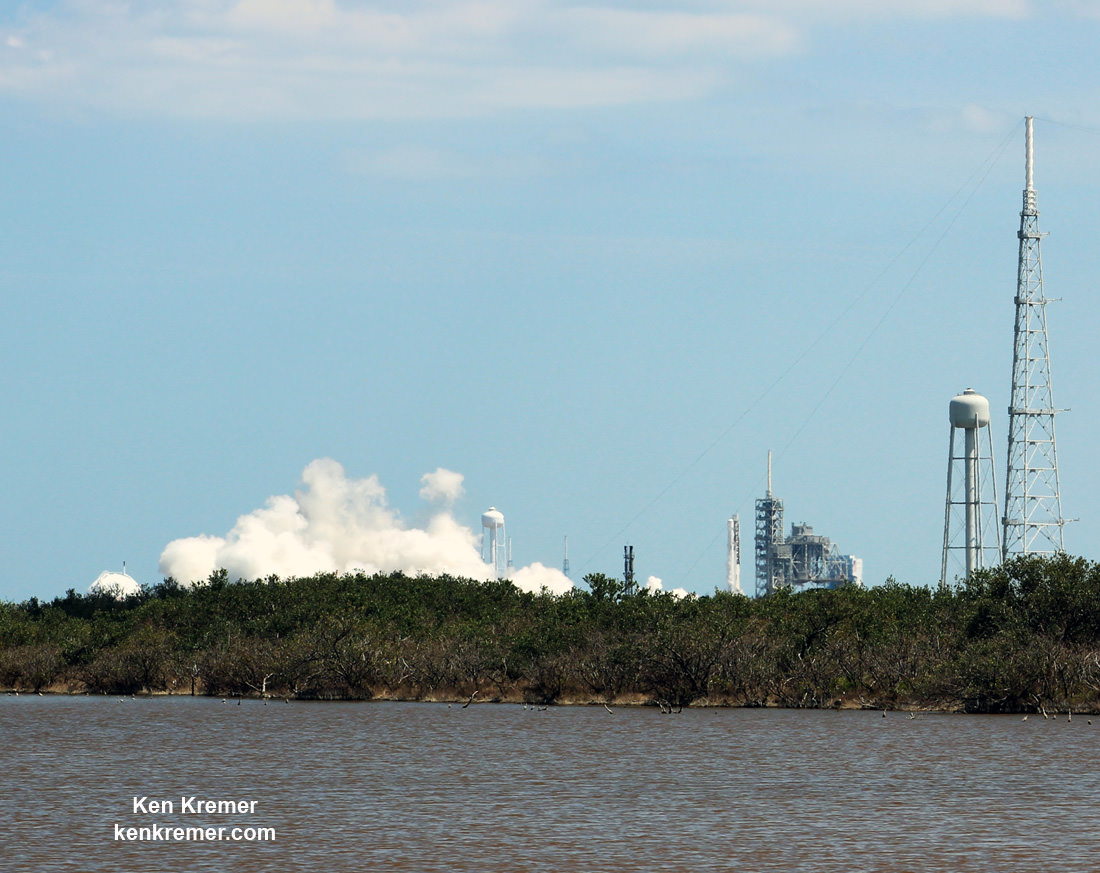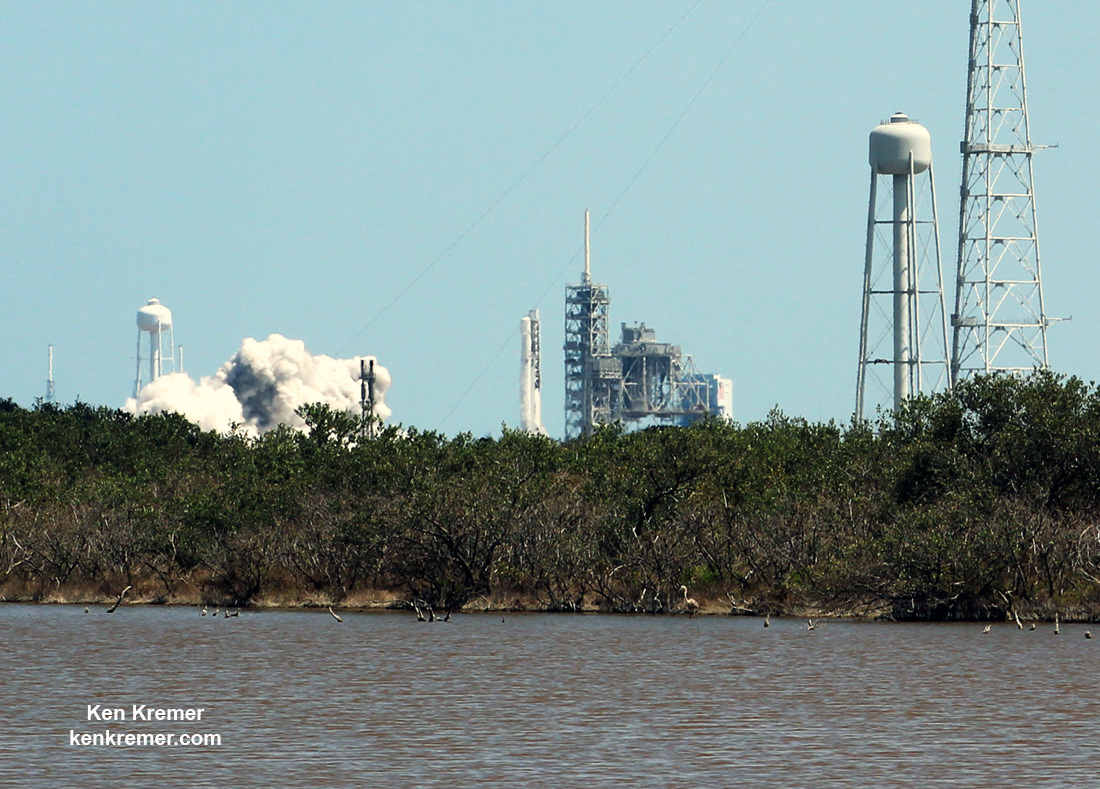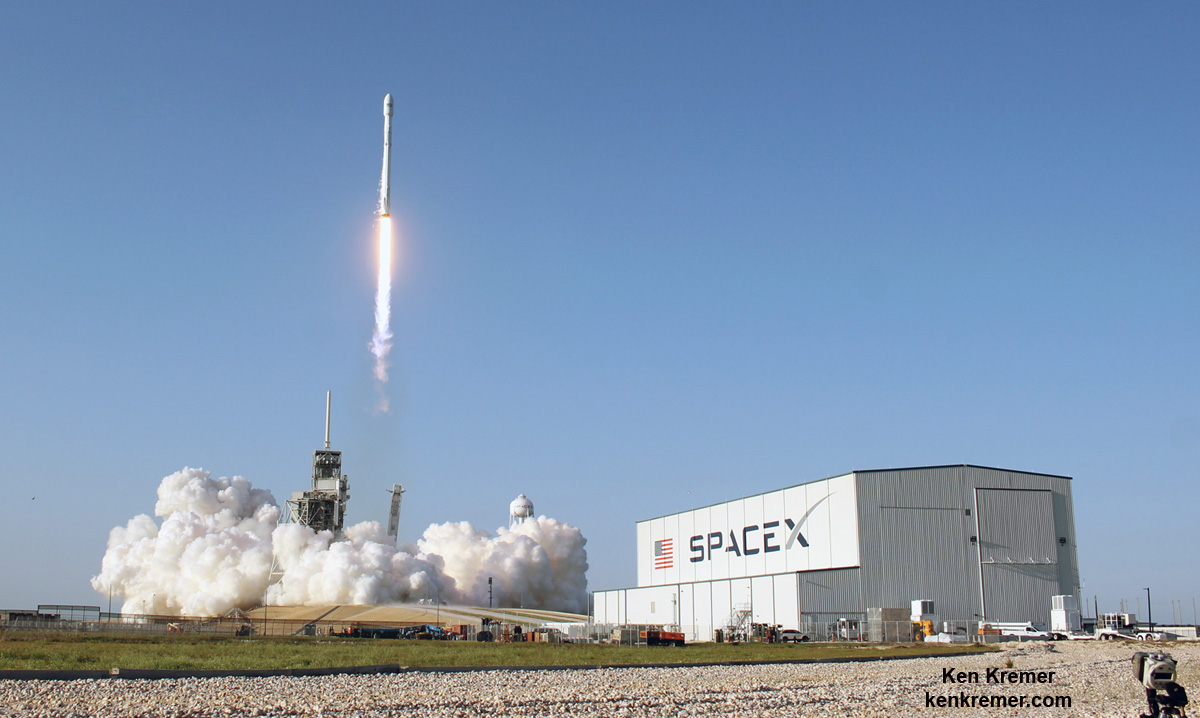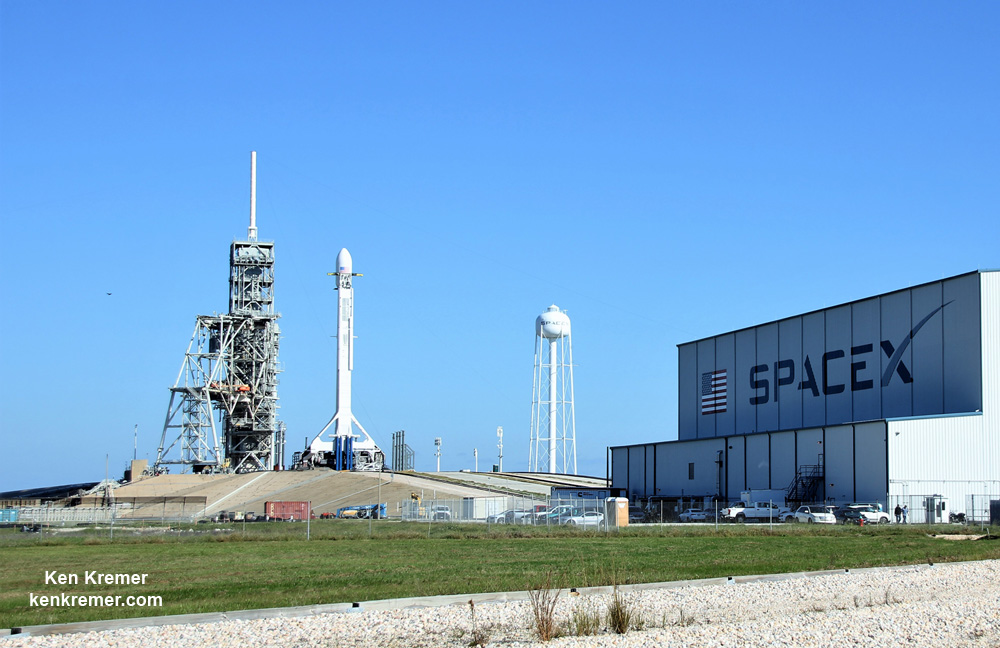
KENNEDY SPACE CENTER, FL – Liftoff of the clandestine spy satellite codenamed ‘Zuma’ on a SpaceX Falcon 9 rocket has been postponed indefinitely to resolve a lingering issue with the testing of a payload fairing for another customer.
SpaceX announced today, Friday, Nov 17, that they will ‘stand down’ to allow engineers the additional time needed to carefully scrutinize all the pertinent data before proceeding with the top secret Zuma launch.
“We have decided to stand down and take a closer look at data from recent fairing testing for another customer,” said SpaceX spokesman John Taylor.
The super secret ‘Zuma’ spysat is a complete mystery and it has not been claimed by any U.S. government entity – not even the elusive NRO spy agency ! The NRO does claim ownership of a vast fleet of covert and hugely capable orbiting surveillance assets supporting US national security.
Zuma’s goals are veiled in virtually complete darkness. And as far as the taxpaying public is concerned its ownerless.
Originally scheduled for Wednesday evening at 8 p.m. EST Nov 15, the Zuma launch from the Florida Space Coast had already been postponed twice this week before today’s decision to called it off indefinitely.
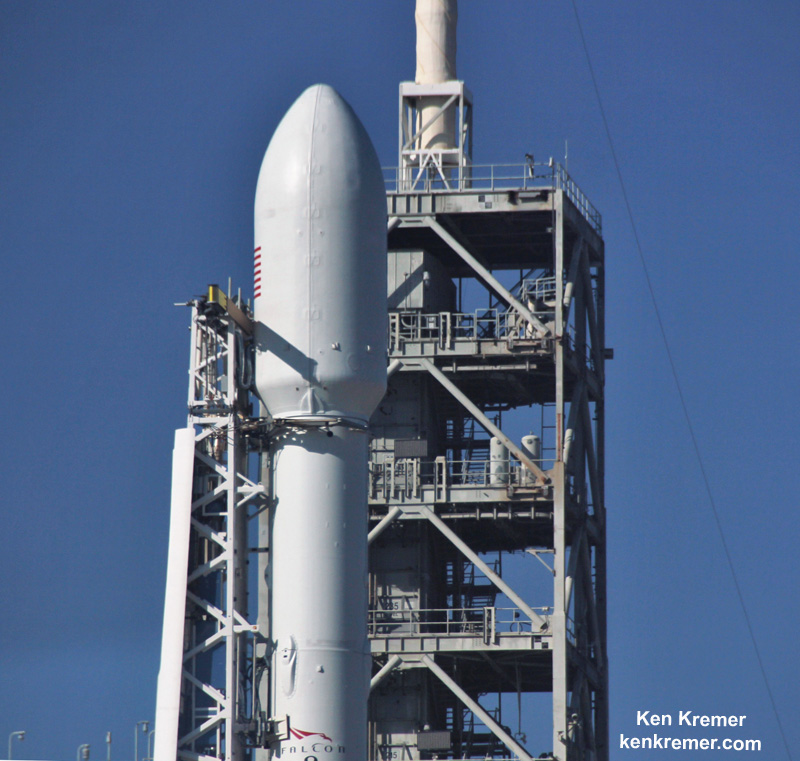
The initial 24 hour delay to Thursday was to deal with unspecified ‘mission assurance’ issues.
The second days delay to Friday was pinned more specifically on the payload fairing or nose cone.
SpaceX has also had to deal with an engine testing problem that caused a fire on a test stand while preparing to hot fire a Block 5 Merlin 1D engine at their Texas facility on Nov. 4. It is not known if this was part of the ‘mission assurance’ issues.
No new targeted launch date has been announced.
“Though we have preserved the range opportunity for tomorrow, we will take the time we need to complete the data review and will then confirm a new launch date,” Taylor stated.
SpaceX had been planning an ambitious launch campaign of 4 or more launches by the end of this year – including the maiden launch of the triple barreled Falcon Heavy. That seems very unlikely now.
Just exactly what the fairing problem is has not been disclosed. Its also not known if the two delays are related or not.
The fairing is jettisoned three minutes after liftoff. Any failure to deploy would result in a total loss of the mission.
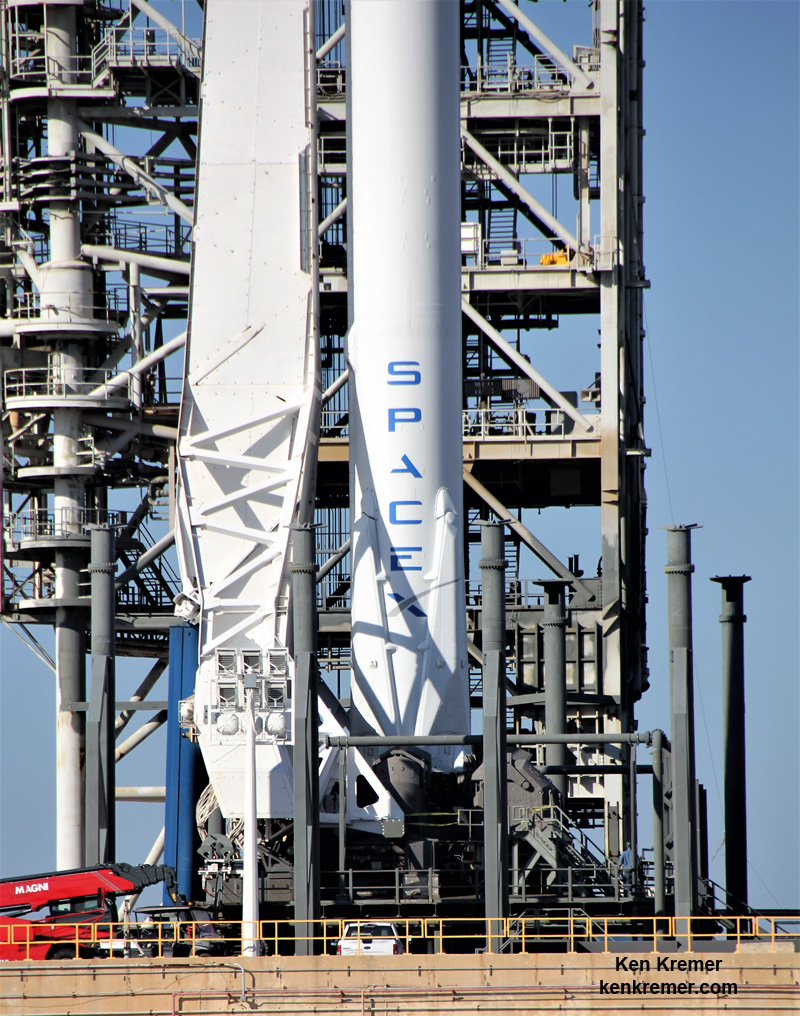
Zuma was to roar off seaside Launch Complex 39A at NASA’s Kennedy Space Center in Florida during a lengthy two hour launch window that extended from 8 to 10 p.m. each targeted day this week.
The Eastern range had been reserved by SpaceX for a potential Saturday launch opportunity as well.
However all mention of the Zuma launch has now been deleted from the website of the 45th Space Wing at Patrick Air Force Base, FL.
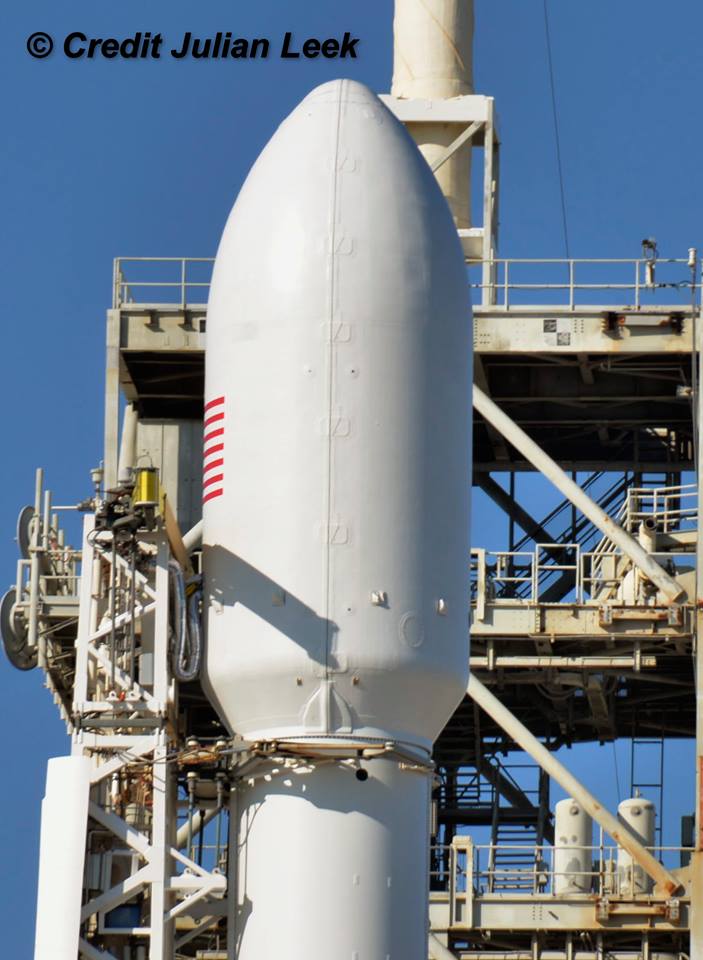
Forecast weather conditions in central Florida were near perfect over the past few days and spectators would have witnessed a dazzling sky show as the two stage 229-foot-tall (70-meter-tall) Falcon 9 soared to orbit.
One of the few tidbits we can confirm is that the launch contract was arranged as a commercial enterprise under the auspices of Northrop Grumman Corporation – as a means to significantly slash launch costs for whatever U.S government entity is responsible for Zuma.
That goal is completely in line with SpaceX founder and CEO Elon Musk’s entire company-wide goal in developing the Falcon and Dragon family of rockets and spaceships.
“The U.S. Government assigned Northrop Grumman the responsibility of acquiring launch services for this mission,” Lon Rains, Northrop Grumman Director of Communications, told Universe Today.
“We have procured the Falcon 9 launch service from SpaceX.”
But the launch was only publicly announced 1 month ago in mid October and it suddenly appeared on the SpaceX launch manifest after an FAA launch license was granted.
We don’t know anything about the ‘Zuma’ payloads characteristics and vital statistics – despite the seemingly endless leaks streaming out of Washington these days.
“The Zuma payload is a restricted payload,” Rains told me.
“Northrop Grumman is proud to be a part of the Zuma launch,” Rains added. “This event represents a cost effective approach to space access for government missions.”
The only clue to its goals to be revealed is the intended orbit.
“It will be launched into Low Earth Orbit,” Rains informed me.
Low Earth Orbit extends to roughly 1200 miles altitude and includes the ISS orbit for example at approx. 250 miles.
“As a company, Northrop Grumman realizes this is a monumental responsibility and we have taken great care to ensure the most affordable and lowest risk scenario for Zuma.”
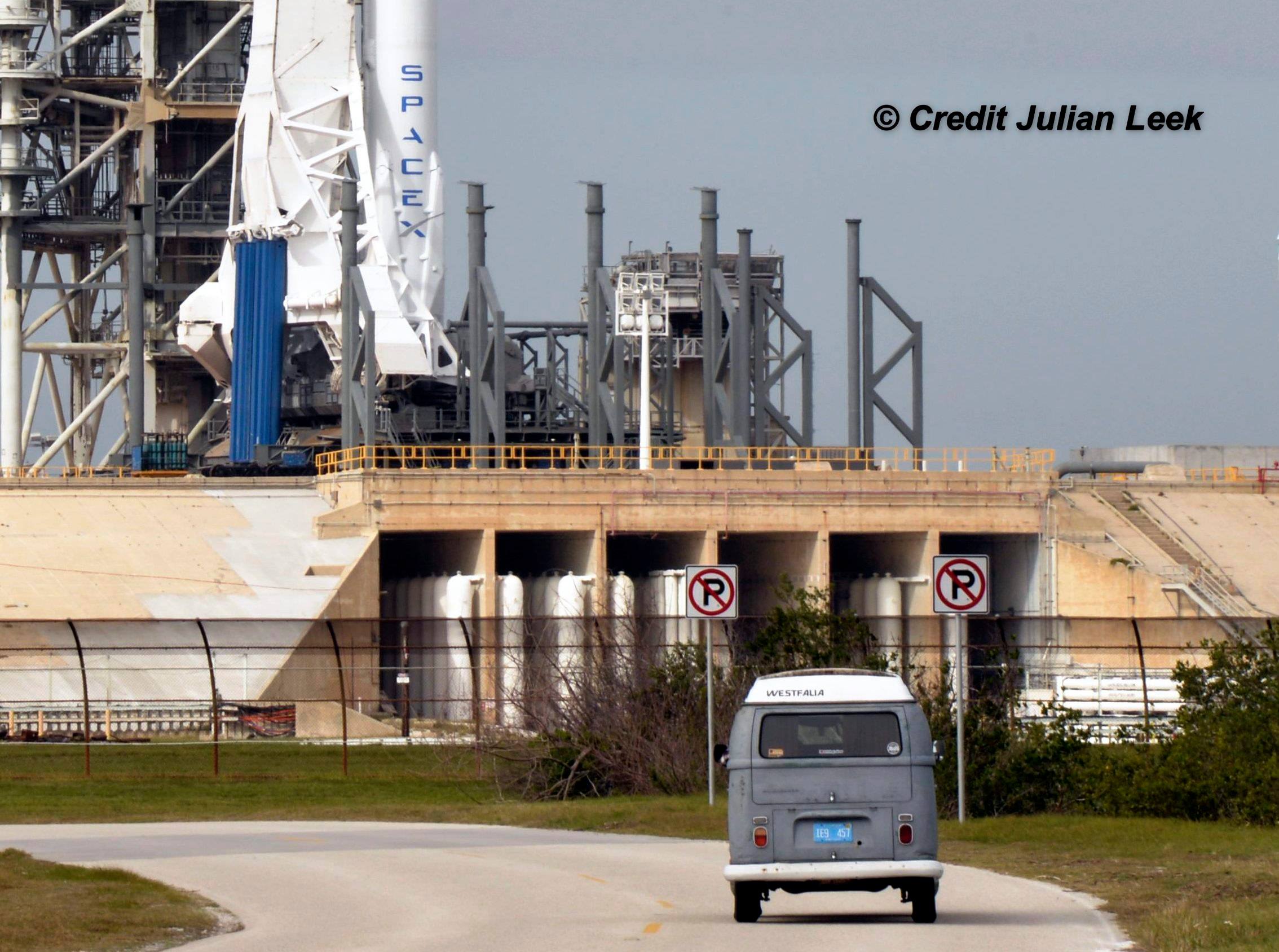
On Friday evening the rocket was lowered to the horizontal position on the transporter erector on pad 39A. It will be rolled back to the processing hangar outside the perimeter fence for further engineering evaluation.
Whenever the launch is rescheduled SpaceX will attempt to recover the 16 story tall first stage booster with a soft landing on the ground back at Cape Canaveral Air Force Station. So expect some extremely loud sonic booms to rock the space coast region about eight minutes after liftoff.
Watch for Ken’s continuing onsite coverage of SpaceX Zuma, KoreaSat-5A & SES-11, ULA NROL-52 and NASA and space mission reports direct from the Kennedy Space Center and Cape Canaveral Air Force Station, Florida.
Stay tuned here for Ken’s continuing Earth and Planetary science and human spaceflight news.
